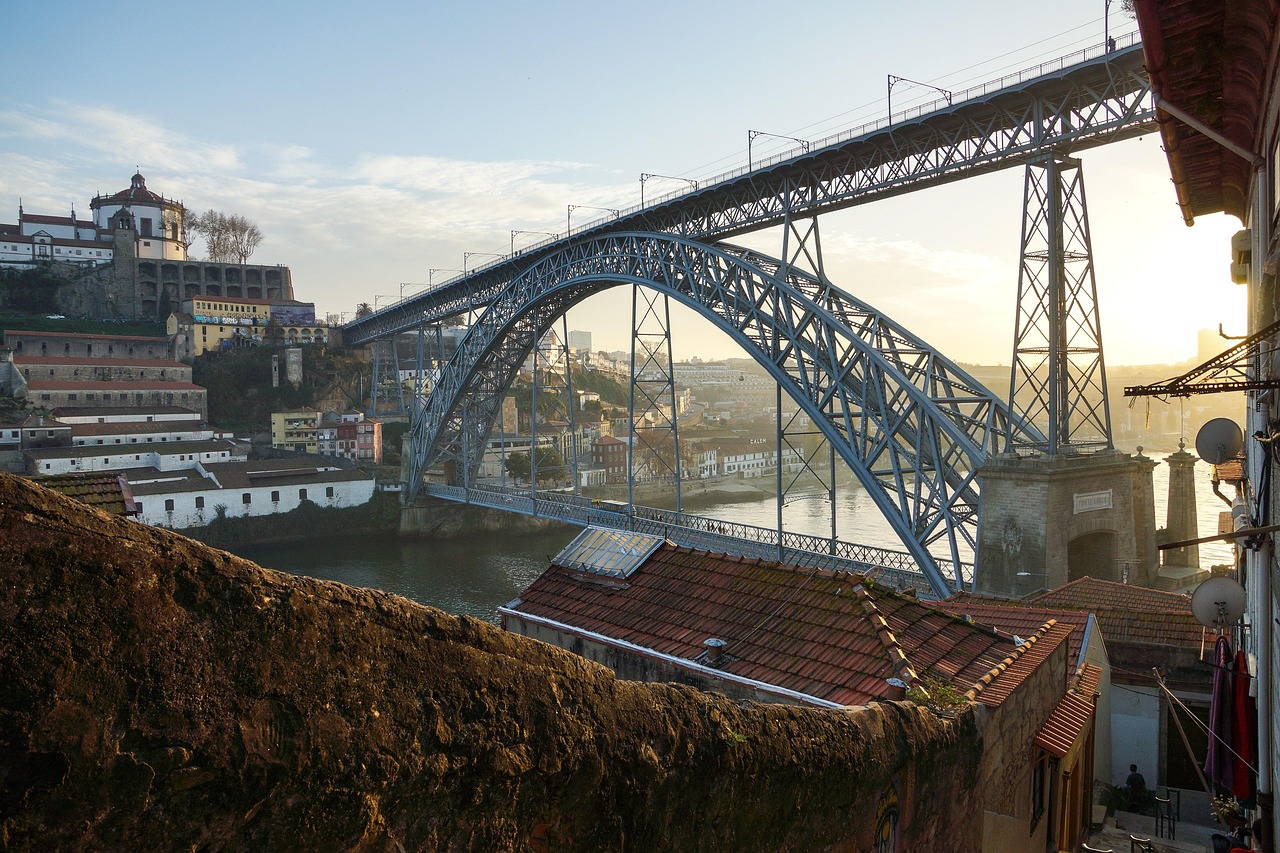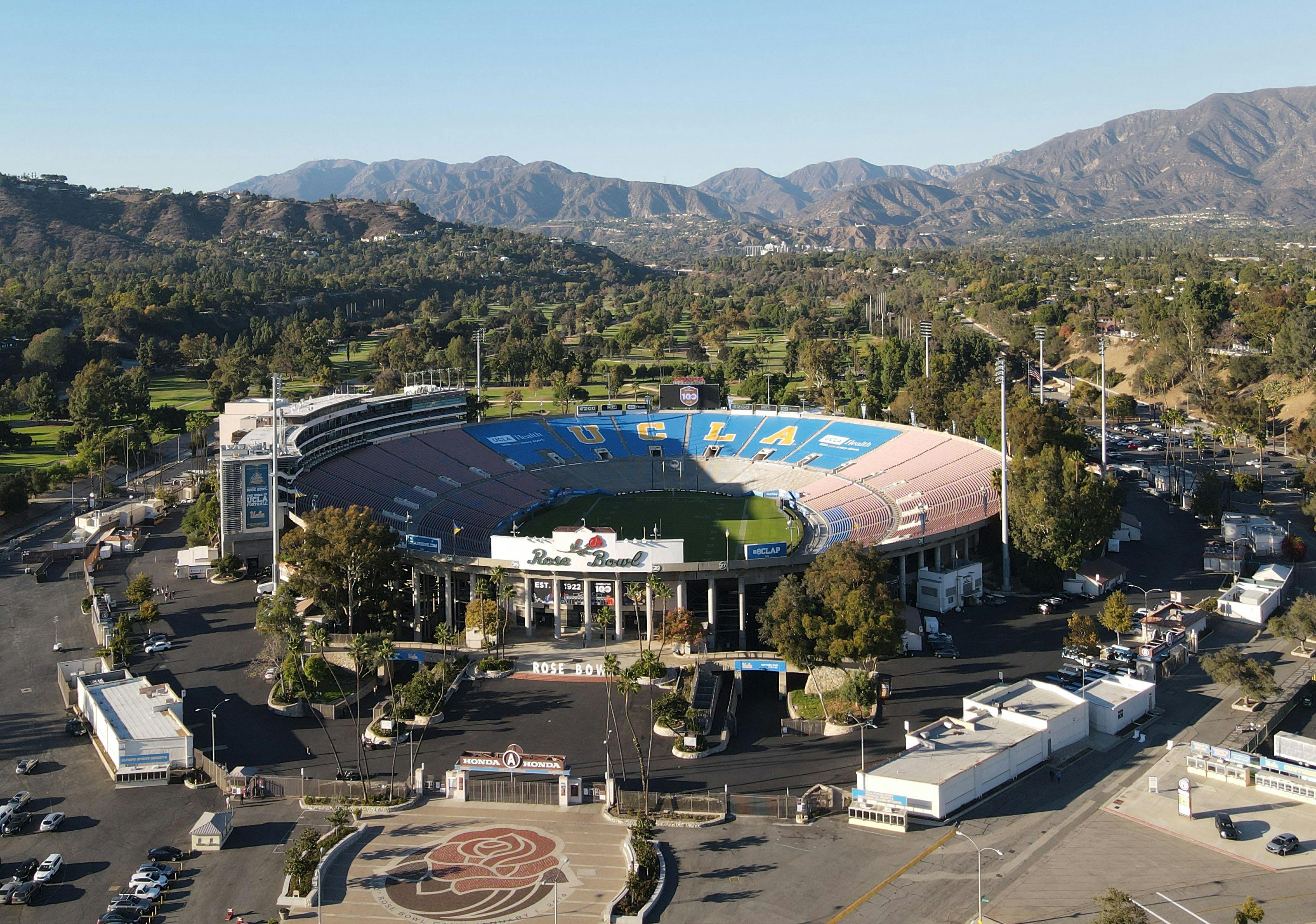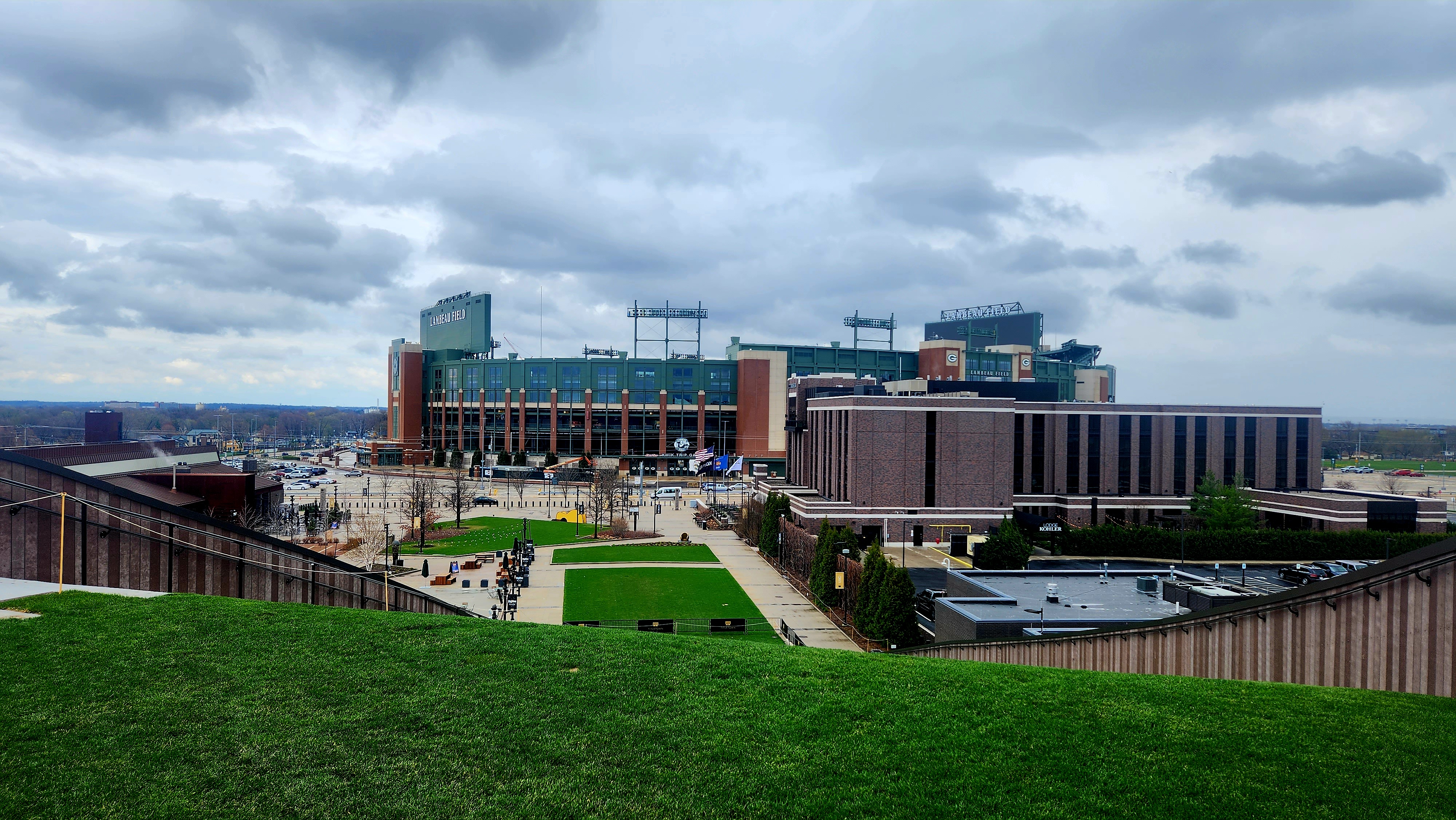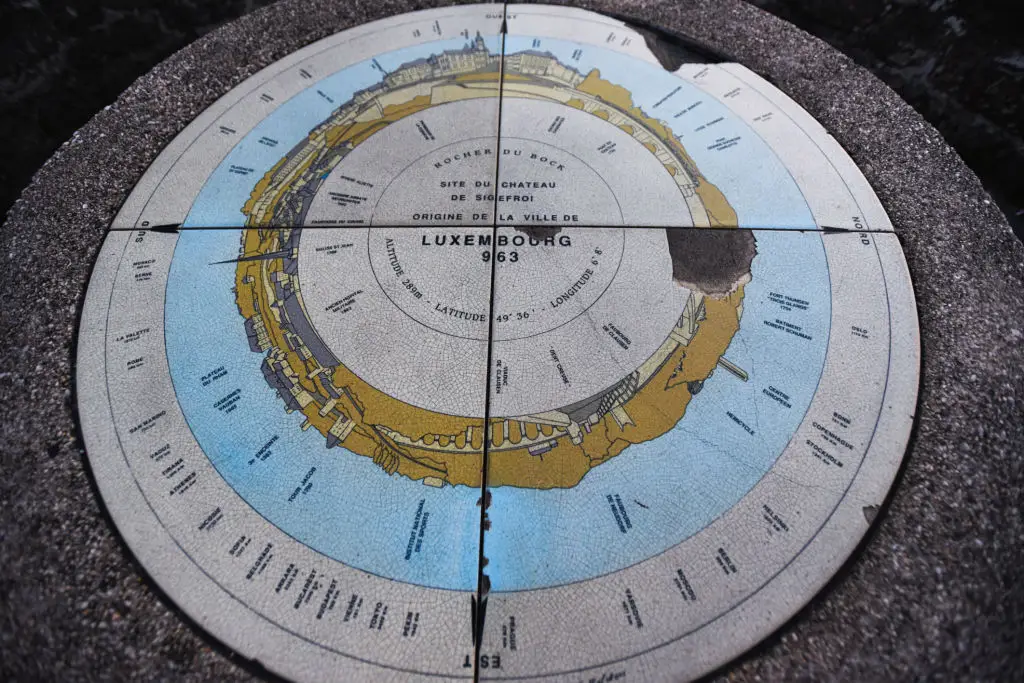32 Ancient Cities That Are Older Than the Pyramids
Forget Rome, forget even the pyramids for a moment. Imagine cities thriving, innovating, and shaping humanity millennia before those famous landmarks even existed. These aren't myths; they are real places, foundational stones of civilization scattered across the globe, whispering tales of our earliest urban ancestors' ingenuity and ambition. We've dug deeper into this profound past, expanding our journey to spotlight 32 astonishing ancient cities that predate Egypt's iconic pyramids. Prepare to explore remnants of staggering achievements – the birth of writing, monumental engineering that still baffles experts, and complex societies rising from the dust. From Anatolian highlands to Indus Valley plains, witness the true dawn of urban living. Ready to uncover humanity's first great cities and step into a history far deeper than you imagined? The adventure begins now.
1. Çatalhöyük: The Cradle of Urban Living
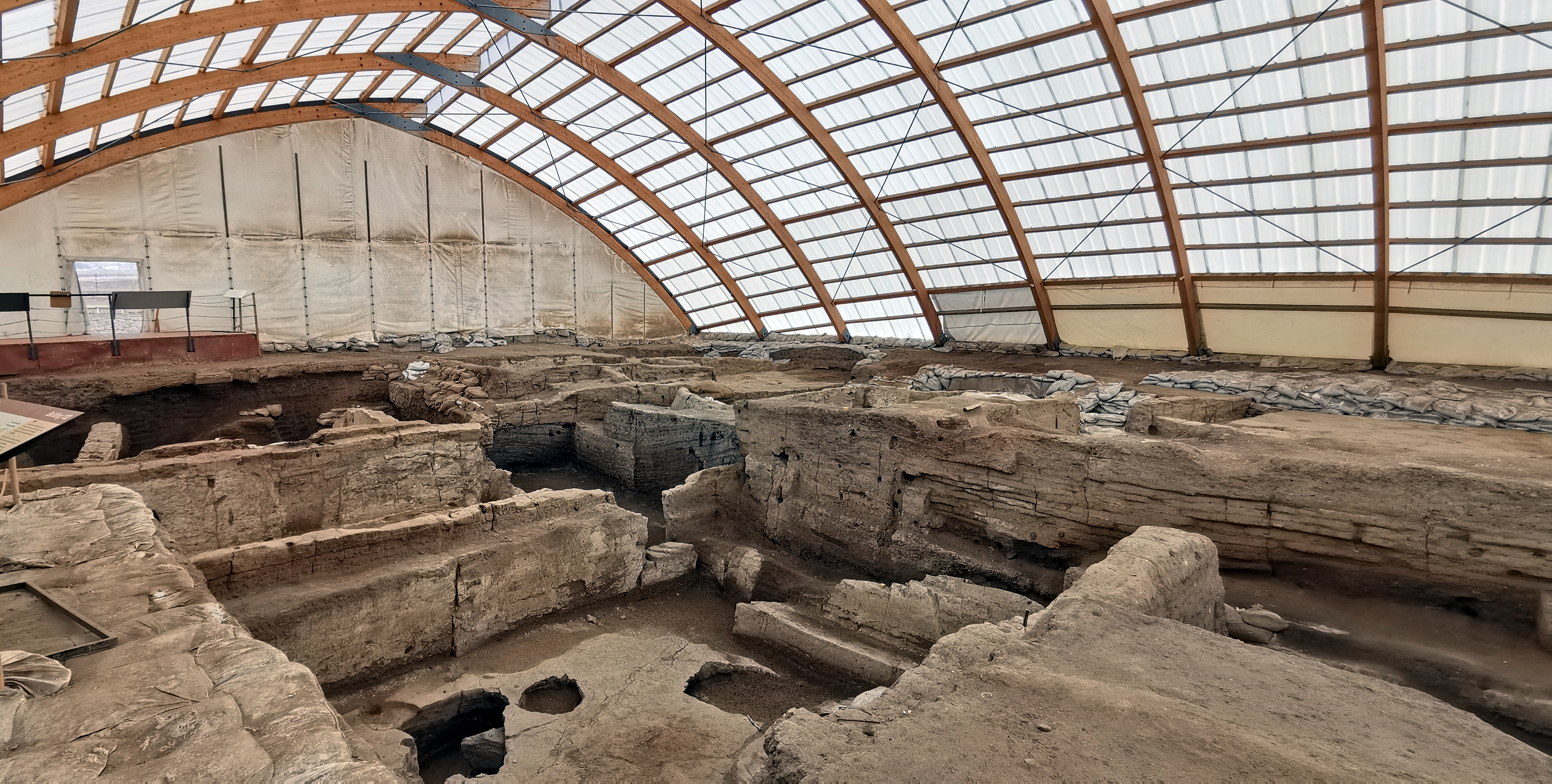
Nestled in the heart of modern-day Turkey, Çatalhöyük is often hailed as one of the world's first urban centers. Dating back to approximately 7500 BCE, this Neolithic site provides a fascinating window into early human settlement. Unlike the pyramids, which served as monumental tombs, Çatalhöyük was a thriving community where people lived, worked, and worshipped. The city is characterized by its unique architectural style, with houses built closely together, accessed through rooftops rather than streets. This layout suggests a highly organized society with a strong communal ethos. Archaeological findings, such as intricately painted murals and figurines, indicate a rich cultural life and a deep connection to spiritual practices. The study of Çatalhöyük challenges our perceptions of early urban development and highlights the complexity of human societies long before the age of empires.
2. Jericho: The Ancient Fortress
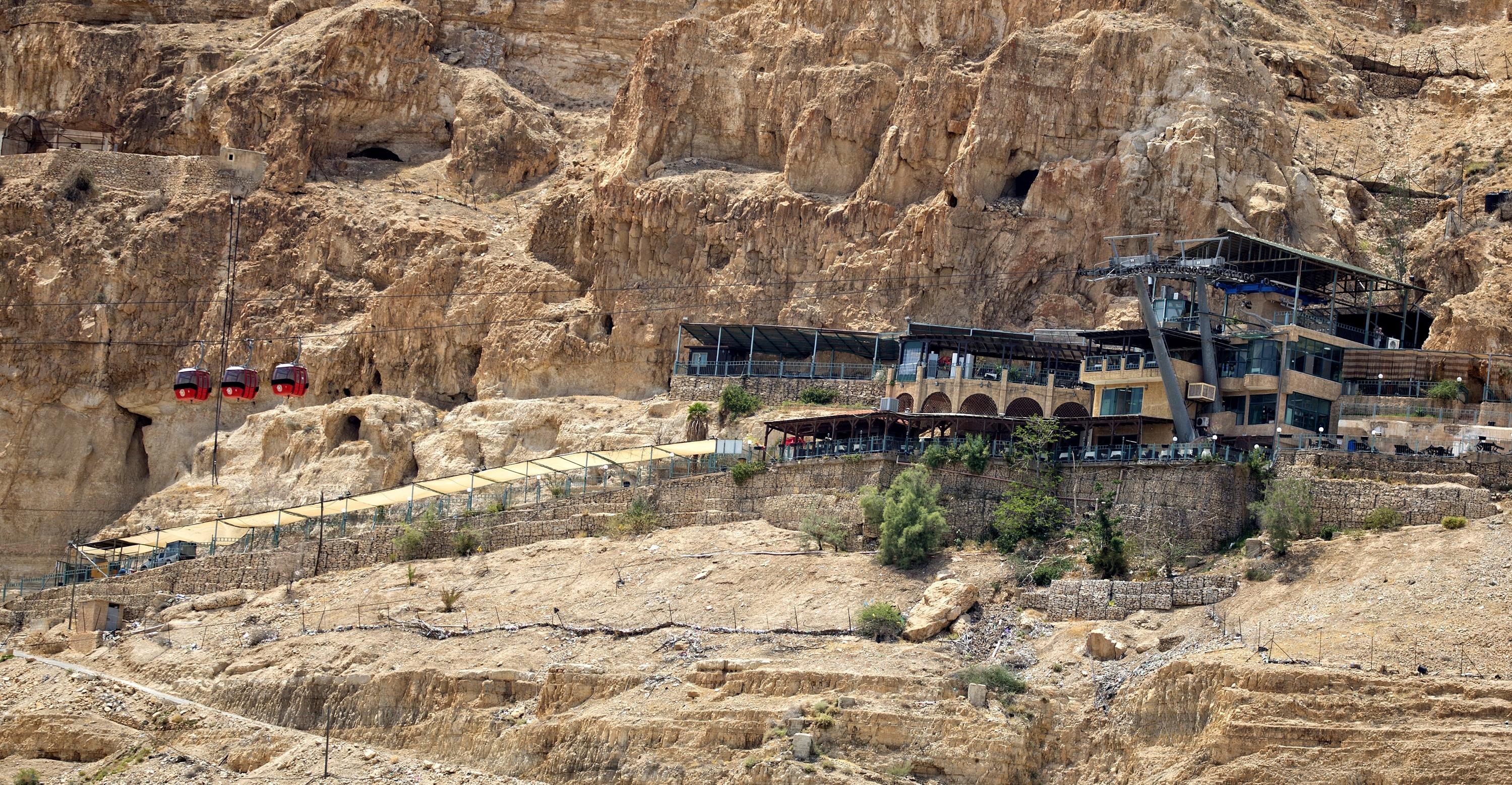
Jericho, located in the Jordan Valley, is one of the oldest continuously inhabited cities in the world, with evidence of settlement dating back to 9000 BCE. Known for its formidable walls, Jericho offers a glimpse into early defensive architecture and the rise of fortified settlements. The city's strategic location near vital water sources made it a hub of trade and agriculture, attracting various cultures over the millennia. Excavations have revealed layers of habitation, each telling a story of conquest, resilience, and adaptation. The famous Tower of Jericho, a massive stone structure, stands as a testament to the engineering prowess of its ancient builders. Jericho's long history of occupation provides invaluable insights into the evolution of urban life and the interplay between environment and human development.
3. Byblos: The Birthplace of the Alphabet
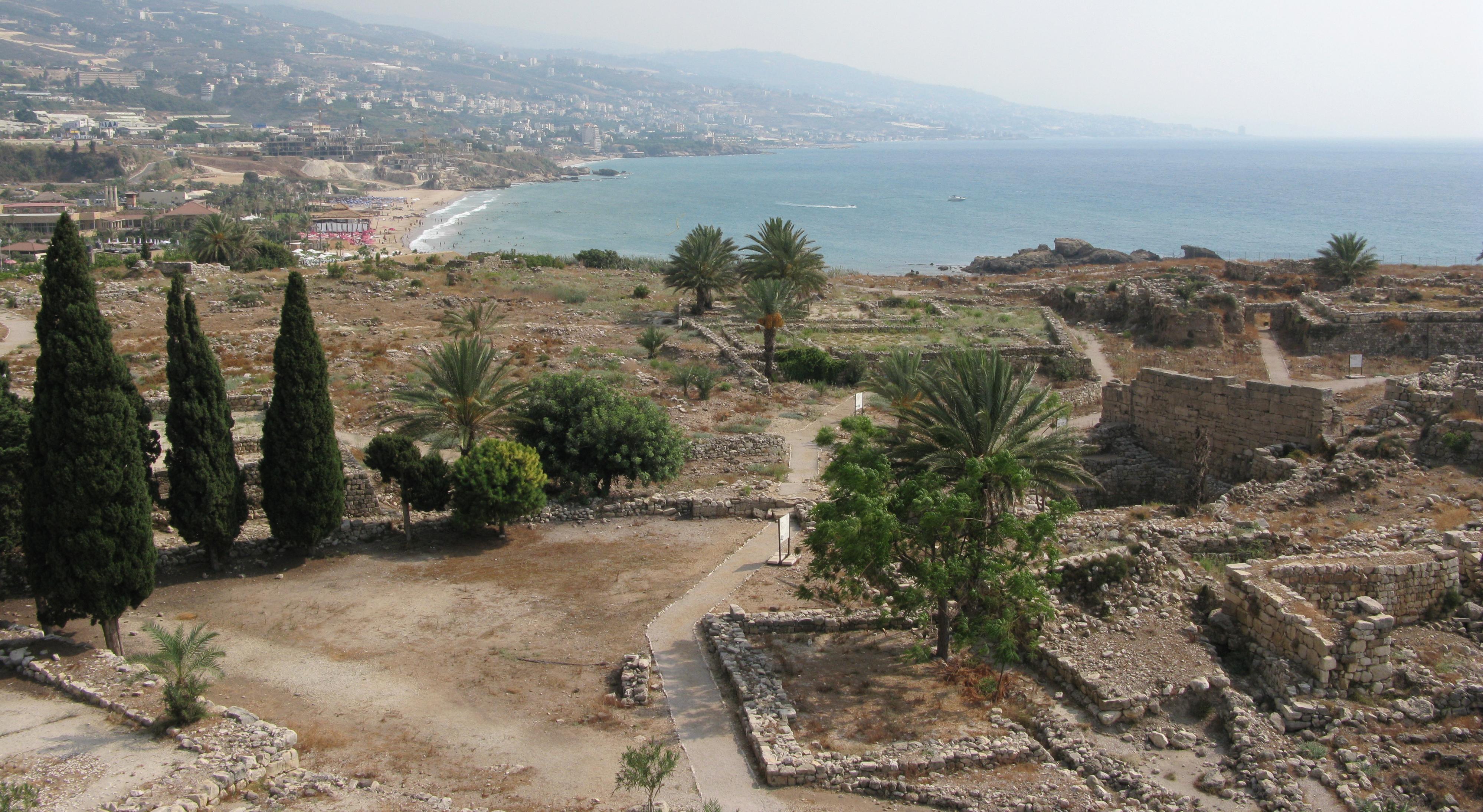
Byblos, situated on the coast of modern-day Lebanon, is a city steeped in history and legend. Founded around 5000 BCE, it played a pivotal role in the development of written language, particularly the Phoenician alphabet, which laid the groundwork for modern alphabets. Byblos was a thriving port city, facilitating trade and cultural exchange between ancient Egypt, Mesopotamia, and the Mediterranean world. Its prosperity is reflected in the grandeur of its ancient temples, palaces, and fortifications. The city's rich archaeological record reveals a tapestry of influences, from Egyptian hieroglyphs to Greek and Roman architecture. Byblos's contribution to the evolution of writing underscores the interconnectedness of ancient civilizations and their shared legacy in shaping human communication.
4. Uruk: The First City
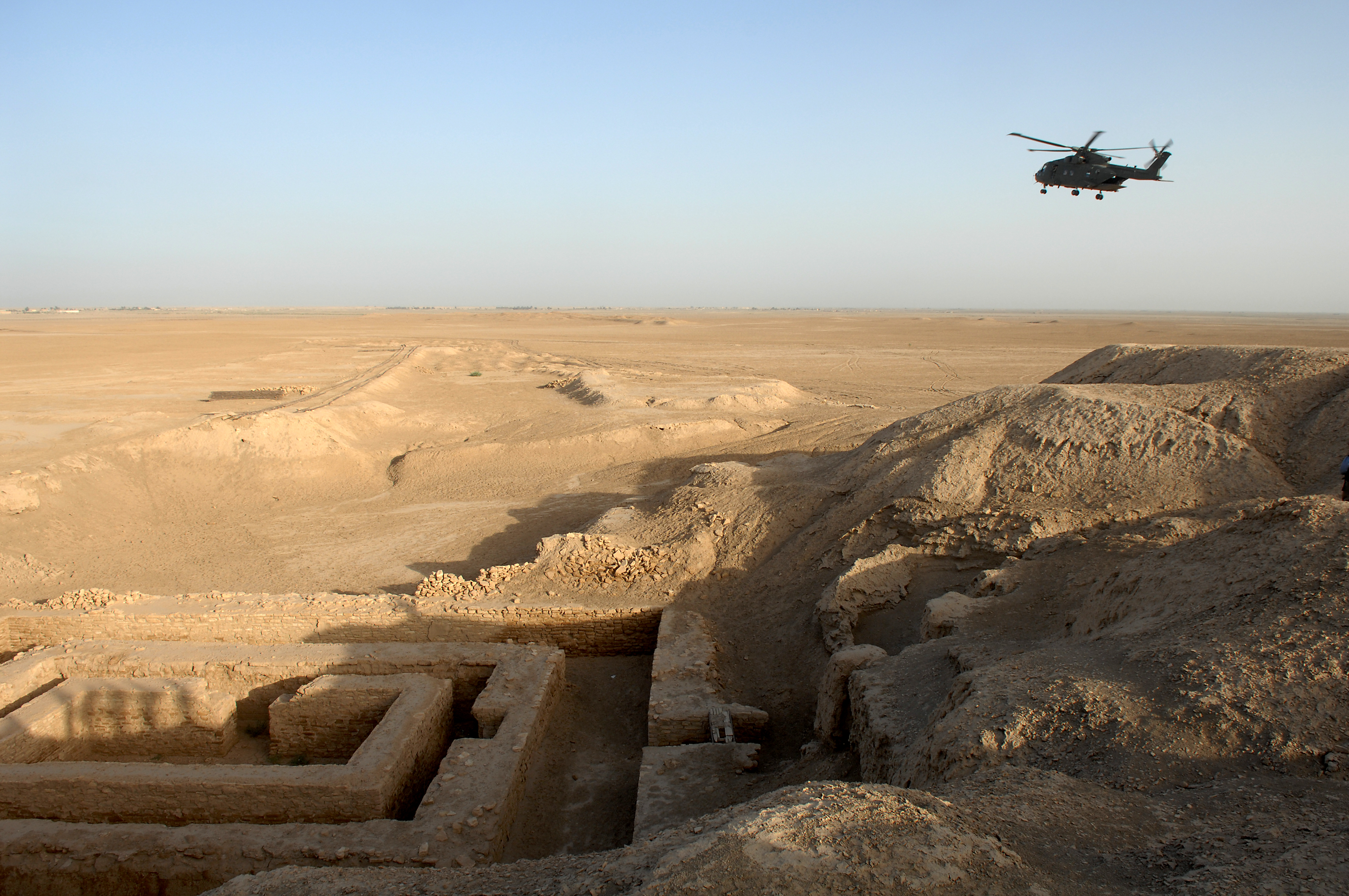
In the fertile plains of Mesopotamia lies Uruk, often regarded as the world's first true city. Emerging around 4000 BCE, Uruk was a bustling metropolis that set the stage for urbanization in the ancient world. It was here that the first writing system, cuneiform, was developed, revolutionizing record-keeping and administration. The city's monumental architecture, including the iconic ziggurat, reflects the central role of religion and governance in Sumerian society. Uruk's influence extended beyond its borders, shaping the political and cultural landscape of the region. The epic tales of Gilgamesh, a legendary king of Uruk, capture the imagination and highlight the enduring legacy of this ancient city. The rise and fall of Uruk offer a compelling narrative of human ambition, innovation, and the quest for immortality.
5. Mohenjo-Daro: The Indus Enigma
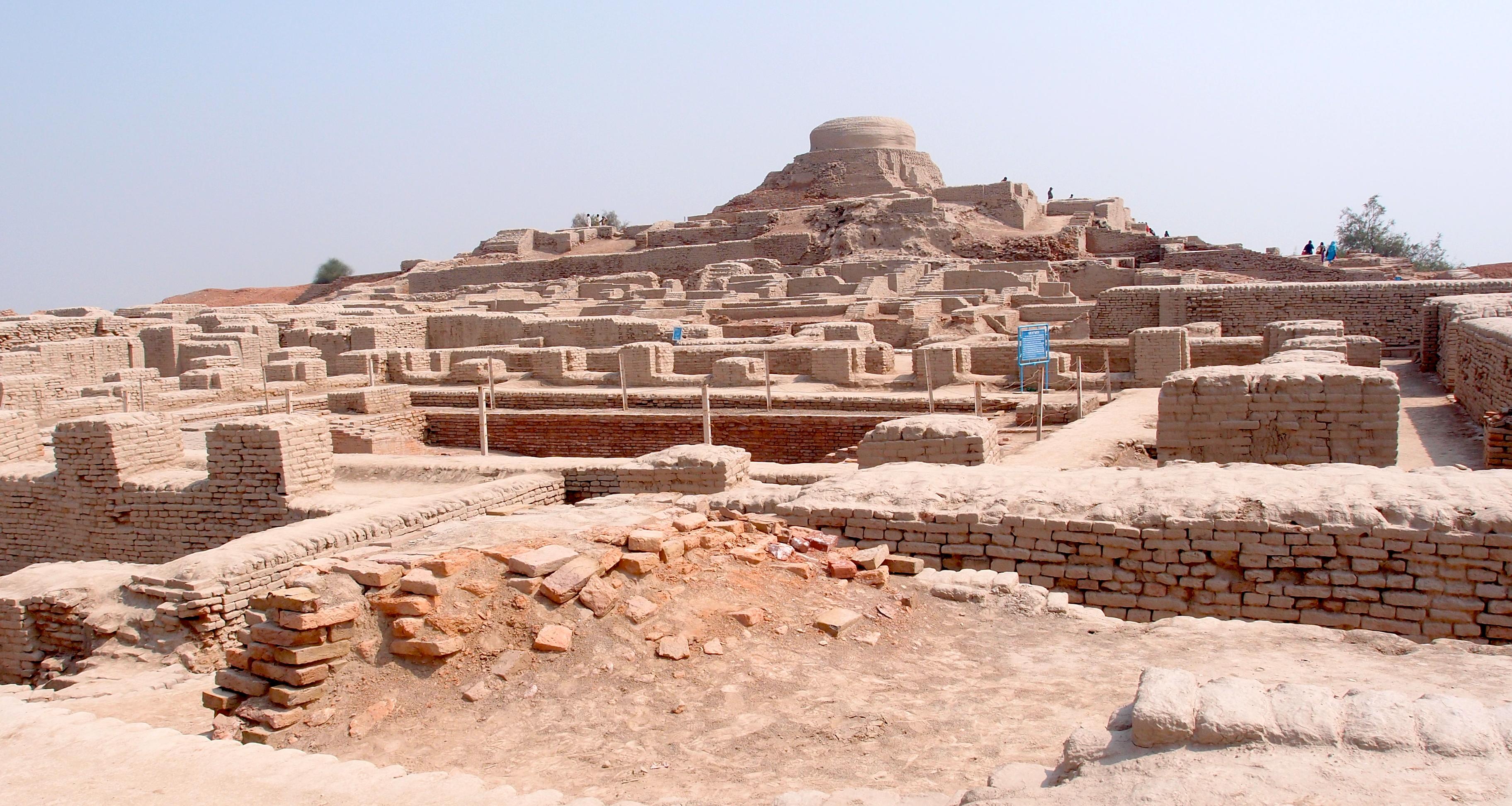
Mohenjo-Daro, located in present-day Pakistan, was a major urban center of the Indus Valley Civilization, flourishing around 2500 BCE. Its sophisticated city planning, with a grid layout, advanced drainage systems, and public baths, reflects a high level of social organization and technological prowess. Unlike the pyramids, which symbolize the power of pharaohs, Mohenjo-Daro's architecture suggests a more egalitarian society. The absence of palatial structures or grandiose tombs raises intriguing questions about the nature of leadership and governance in the Indus Valley. The city's mysterious decline, coupled with the undeciphered script of the civilization, adds an air of enigma to Mohenjo-Daro. As we explore its ruins, we are reminded of the fragility of human achievements and the mysteries that remain hidden in the sands of time.
6. Knossos: The Minoan Marvel
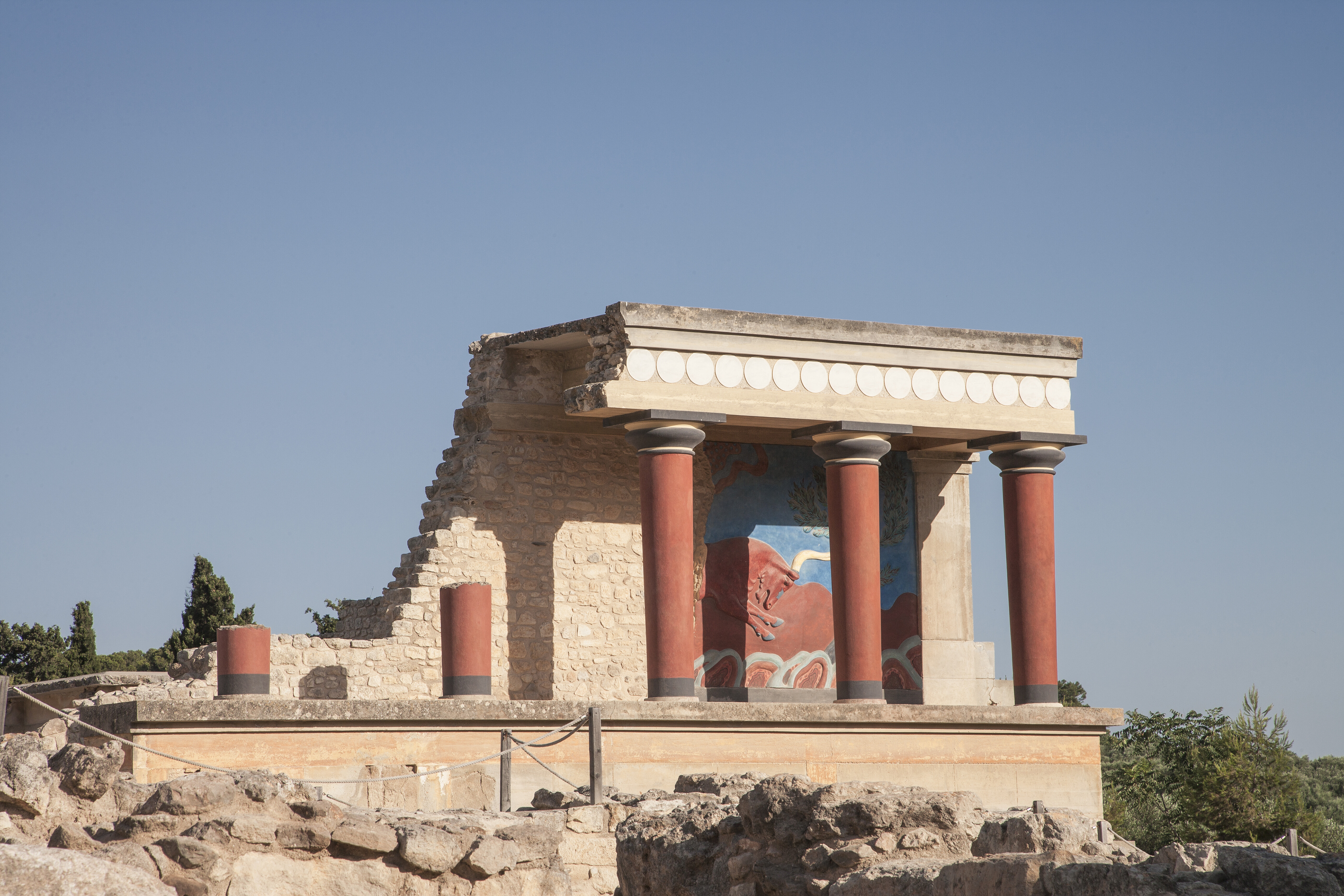
On the island of Crete, the ancient city of Knossos stands as a testament to the grandeur of the Minoan civilization. Flourishing around 2000 BCE, Knossos was a center of culture, trade, and innovation in the Aegean world. The city's elaborate palace complex, with its intricate frescoes and advanced plumbing systems, reflects the sophistication of Minoan society. Myth and history intertwine in Knossos, with legends of the labyrinth and the Minotaur capturing the imagination of generations. The Minoans' mastery of maritime trade and their artistic achievements highlight their influence on the broader Mediterranean region. The sudden decline of Knossos, possibly due to natural disasters or invasions, remains a subject of scholarly debate, adding to the mystique of this ancient city.
7. Caral: The Mysterious Andes Civilization
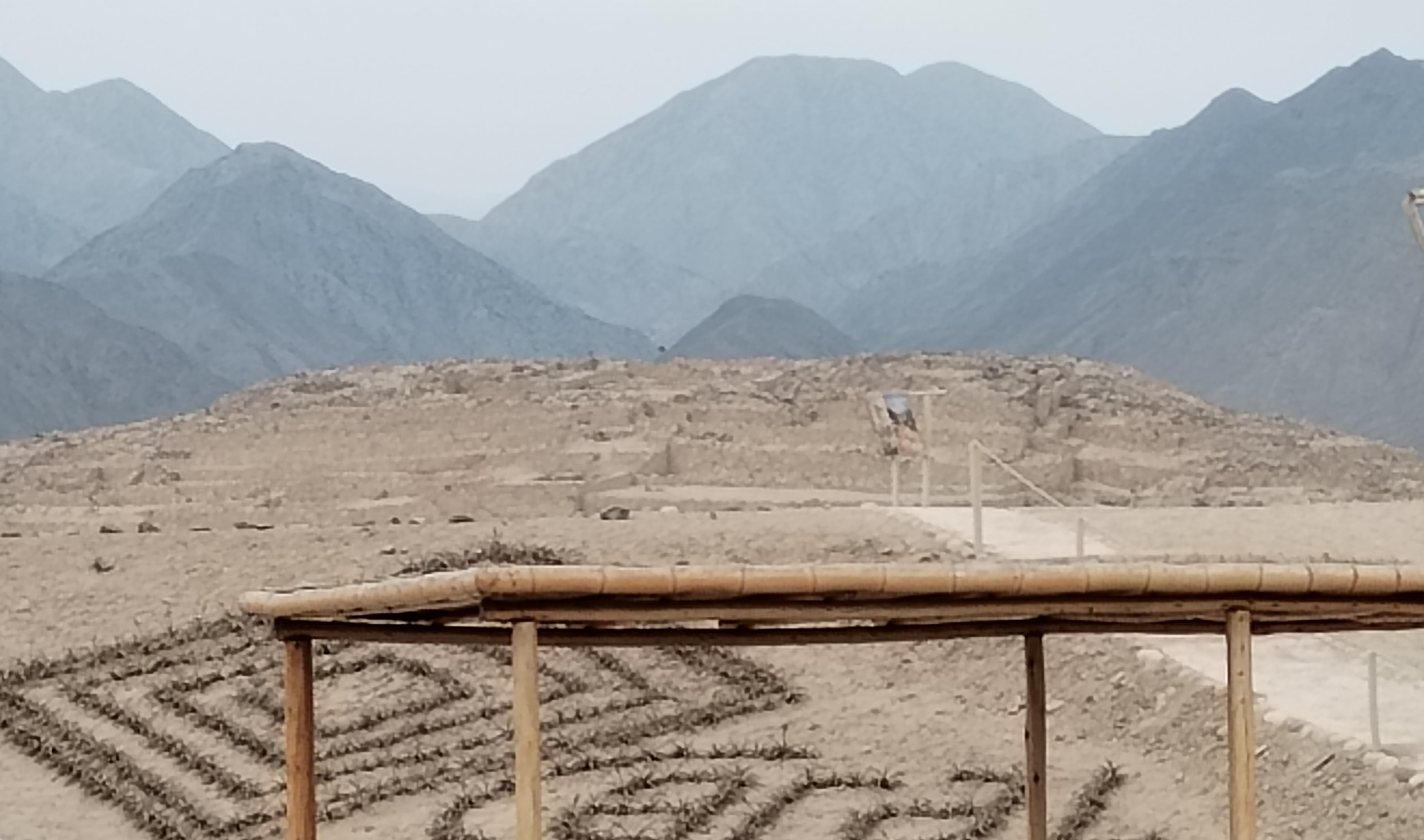
Caral, located in the Supe Valley of Peru, is one of the oldest known cities in the Americas, dating back to around 2600 BCE. This ancient city challenges conventional narratives of urban development, showcasing a complex society that thrived without the hallmarks of warfare or fortifications. Caral's monumental architecture, including pyramidal structures and an amphitheater, reflects a society deeply connected to religious and ceremonial practices. The city's strategic location facilitated trade and cultural exchange along the Andean coast, contributing to the rise of civilization in the region. The discovery of Caral has reshaped our understanding of pre-Columbian history, highlighting the diversity and ingenuity of ancient American societies.
8. Aleppo: The Crossroads of Empires
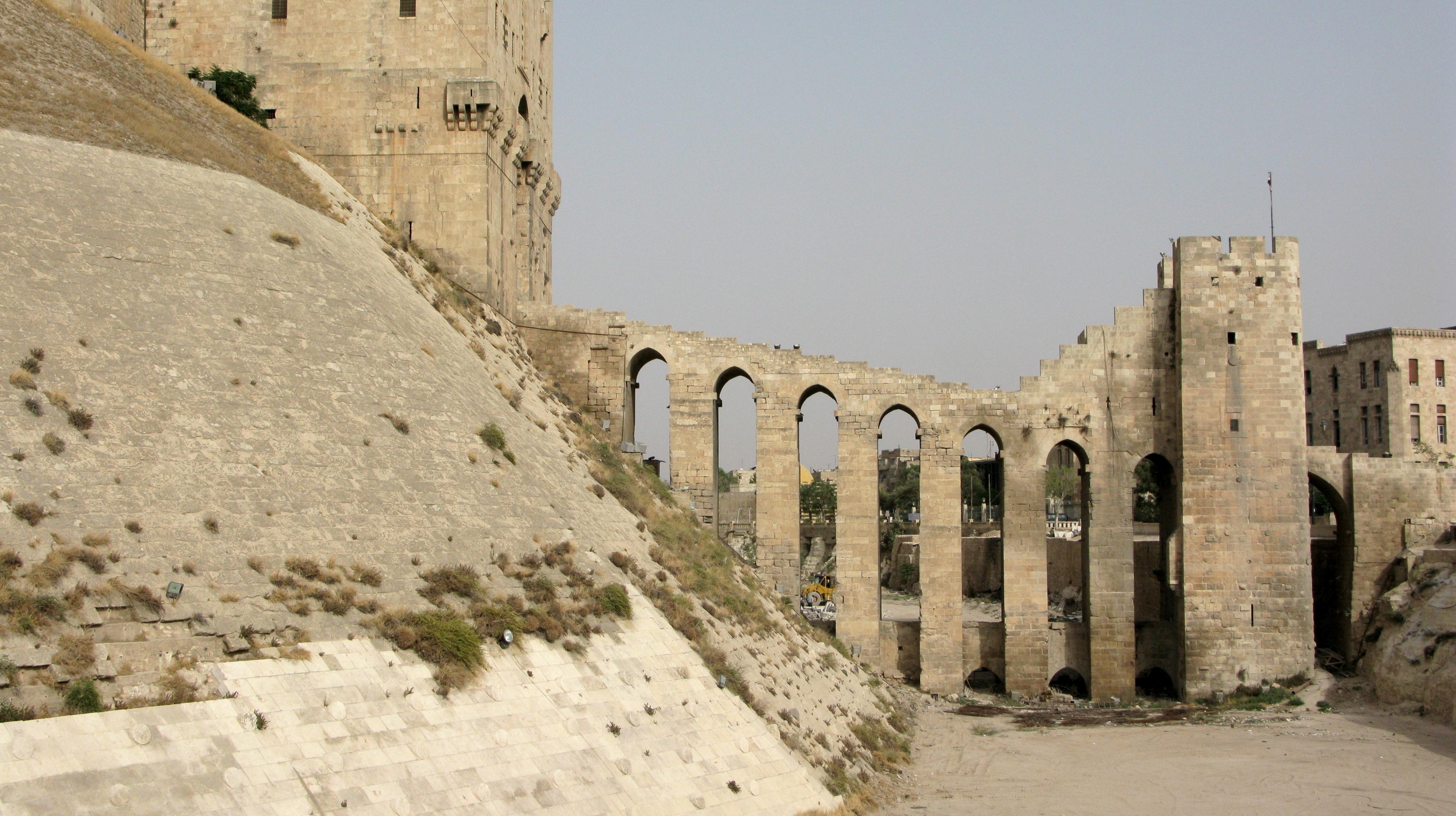
Aleppo, one of the oldest continuously inhabited cities in the world, has been a crossroads of civilizations for millennia. Its strategic location in northern Syria made it a vital center of trade and culture, linking the Mediterranean with the Middle East and beyond. The city's rich history is reflected in its diverse architectural heritage, from ancient temples to medieval fortresses. Throughout its long history, Aleppo has witnessed the rise and fall of empires, each leaving its mark on the city's cultural landscape. The resilience of Aleppo and its people, despite the ravages of war and conflict, speaks to the enduring spirit of this ancient city. As we explore Aleppo's storied past, we are reminded of the interconnectedness of human history and the shared heritage of diverse cultures.
9. Plovdiv: The Balkan Gem
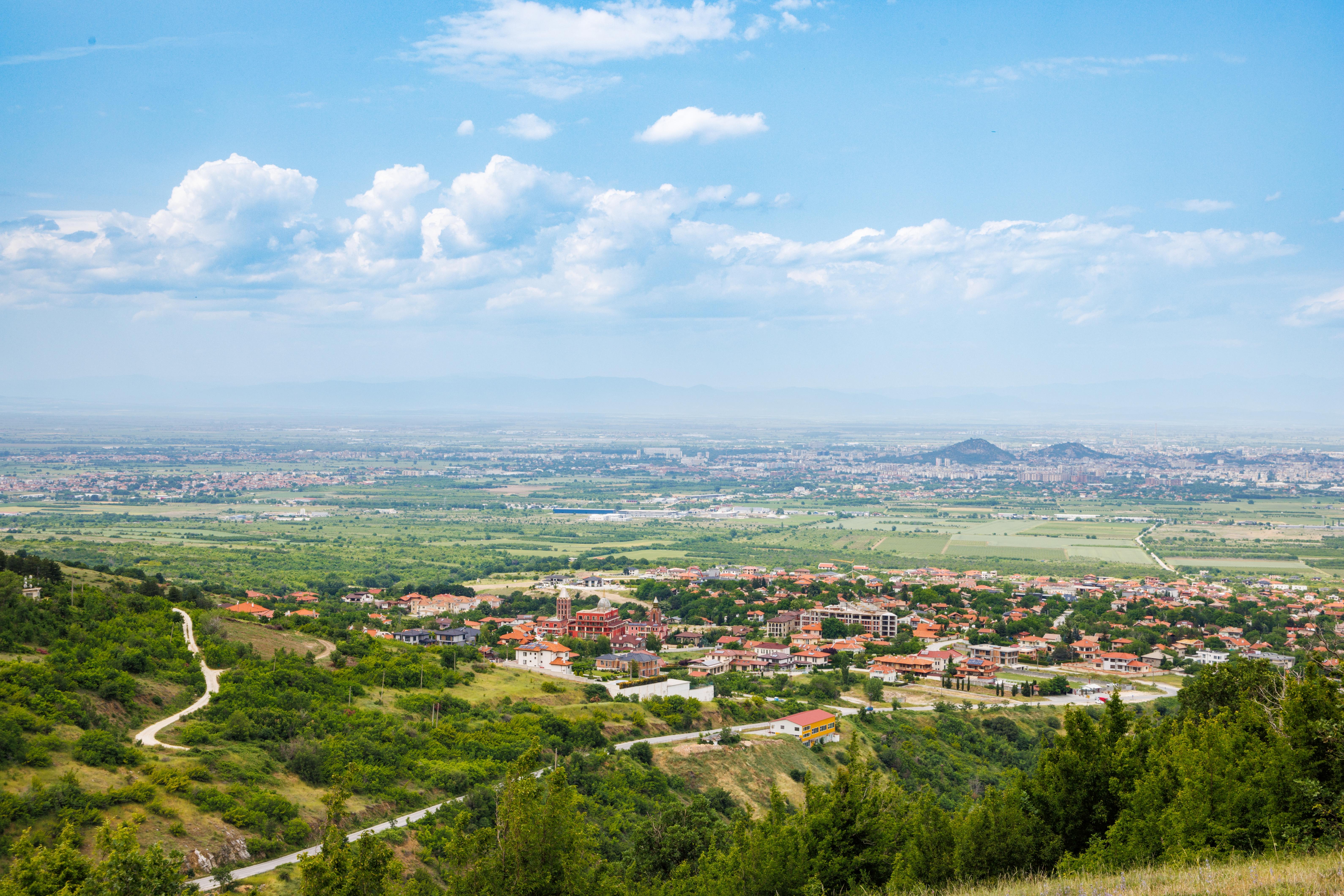
Plovdiv, located in modern-day Bulgaria, is a city with a rich tapestry of history, dating back to around 6000 BCE. As one of Europe's oldest cities, Plovdiv has been a melting pot of cultures, from Thracians and Romans to Byzantines and Ottomans. The city's ancient ruins, including a Roman amphitheater and a medieval fortress, reflect its diverse heritage and strategic importance. Plovdiv's vibrant cultural scene, with its blend of ancient traditions and modern influences, highlights the city's enduring appeal. As we wander through its cobblestone streets, we are transported through time, experiencing the layers of history that define this Balkan gem. Plovdiv's story is a testament to the resilience and adaptability of human societies in the face of change.
10. Susa: The Elamite Capital
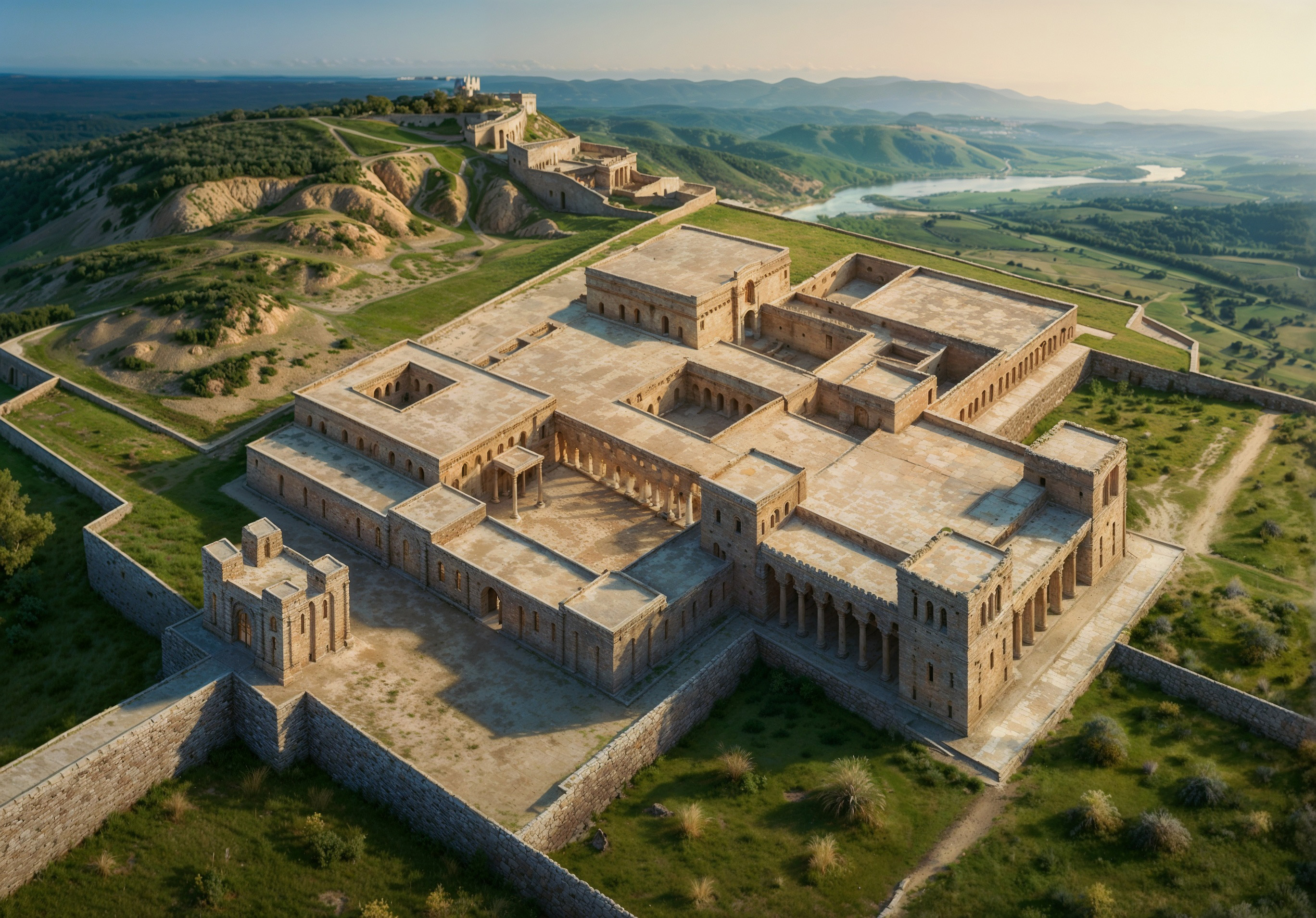
Susa, located in present-day Iran, was a major center of the Elamite civilization, flourishing around 4000 BCE. As one of the oldest cities in the region, Susa played a pivotal role in the cultural and political landscape of ancient Persia. The city's impressive architectural achievements, including the ziggurat of Chogha Zanbil, reflect the Elamites' advanced engineering skills and religious devotion. Susa's strategic position at the crossroads of trade routes facilitated cultural exchange and interaction with neighboring civilizations. The city's rich archaeological record, with its wealth of artifacts and inscriptions, offers valuable insights into the history and culture of the Elamites. As we explore Susa's legacy, we are reminded of the complexities of ancient societies and the enduring impact of their achievements.
11. Athens: The Birthplace of Democracy
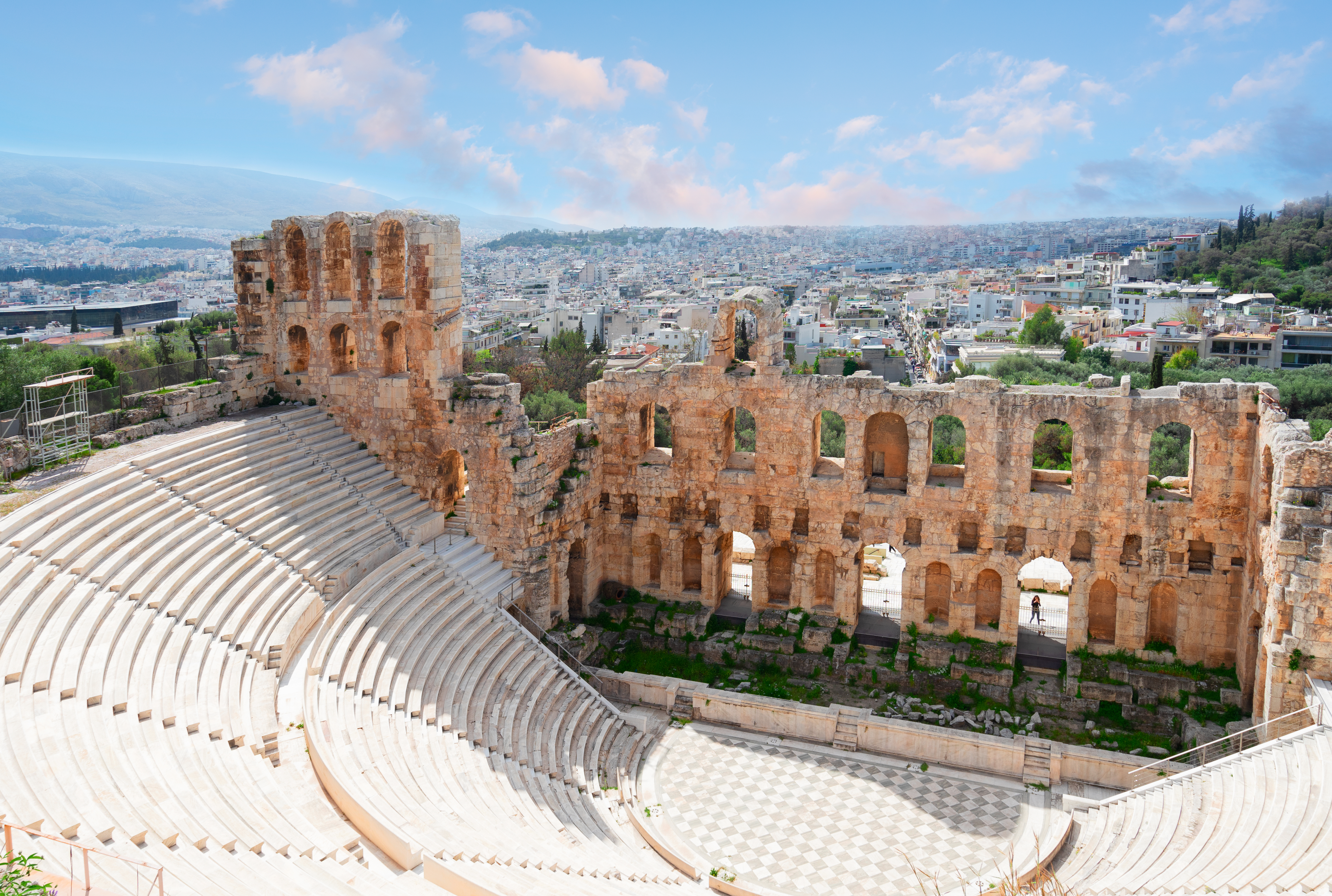
Athens, the cradle of Western civilization, is a city steeped in history and intellectual achievement. Founded around 3000 BCE, Athens rose to prominence in the classical era, becoming a center of philosophy, art, and democracy. The city's iconic landmarks, such as the Acropolis and the Parthenon, stand as symbols of its cultural and architectural legacy. Athens' contribution to the development of democratic governance and philosophical thought has had a profound impact on the course of history. As we explore the city's ancient ruins and vibrant cultural scene, we are reminded of the enduring influence of Athenian ideals on modern society. Athens' story is a testament to the power of human creativity and the quest for knowledge and justice.
12. Luxor: The Theban Legacy
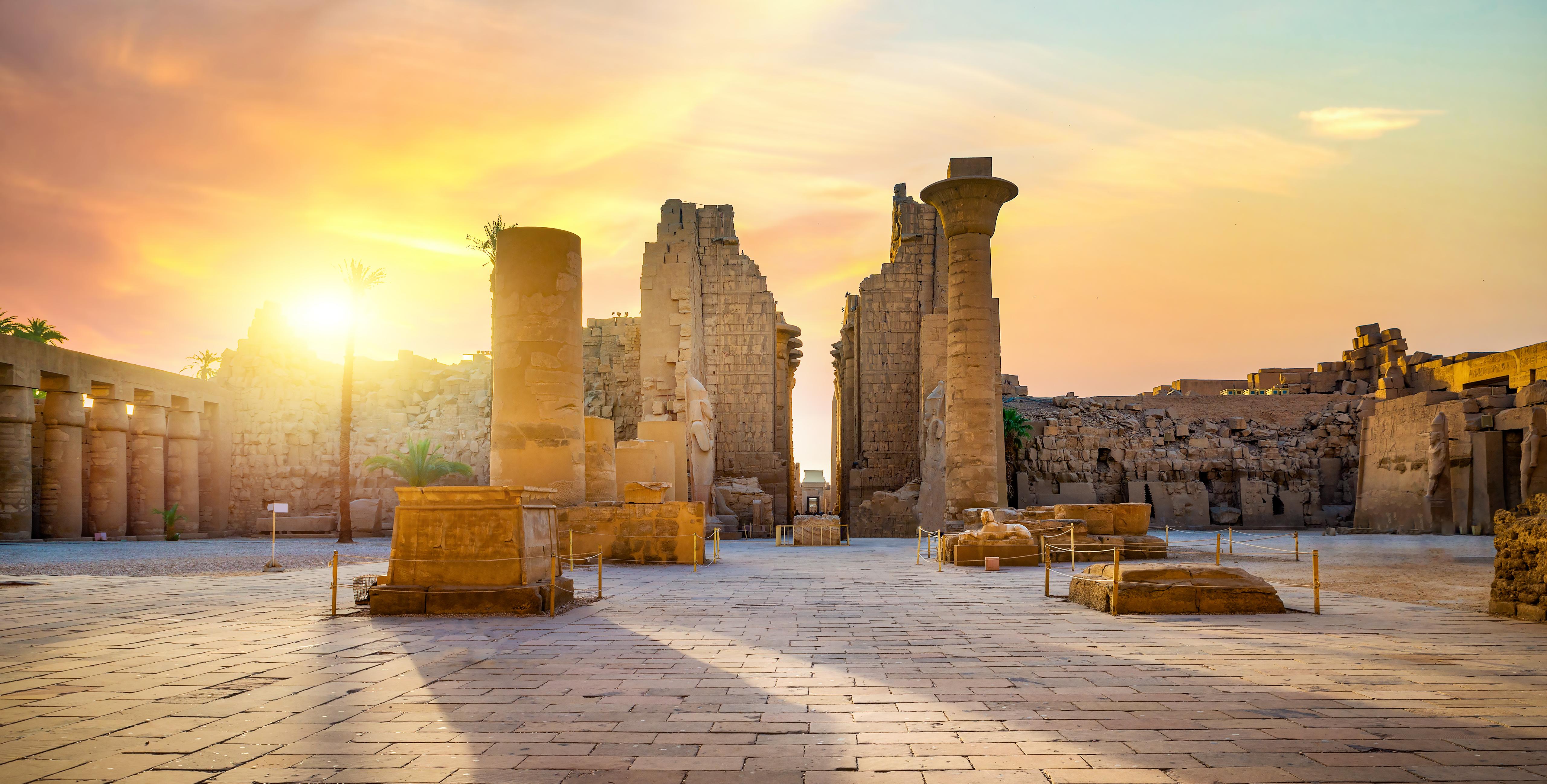
Luxor, known in antiquity as Thebes, is a city that embodies the grandeur of ancient Egypt. As the capital of the New Kingdom, Luxor was a center of political and religious power, home to magnificent temples and tombs. The city's iconic landmarks, such as the Karnak Temple and the Valley of the Kings, reflect the architectural and artistic achievements of the ancient Egyptians. Luxor's rich history is intertwined with the stories of pharaohs, gods, and the quest for immortality. The city's enduring allure continues to captivate visitors and scholars alike, offering a glimpse into the world of ancient Egypt. As we explore Luxor's storied past, we are reminded of the timeless appeal of its monuments and the legacy of its civilization.
13. Arslantepe: The Forgotten Temple Complex of Anatolia
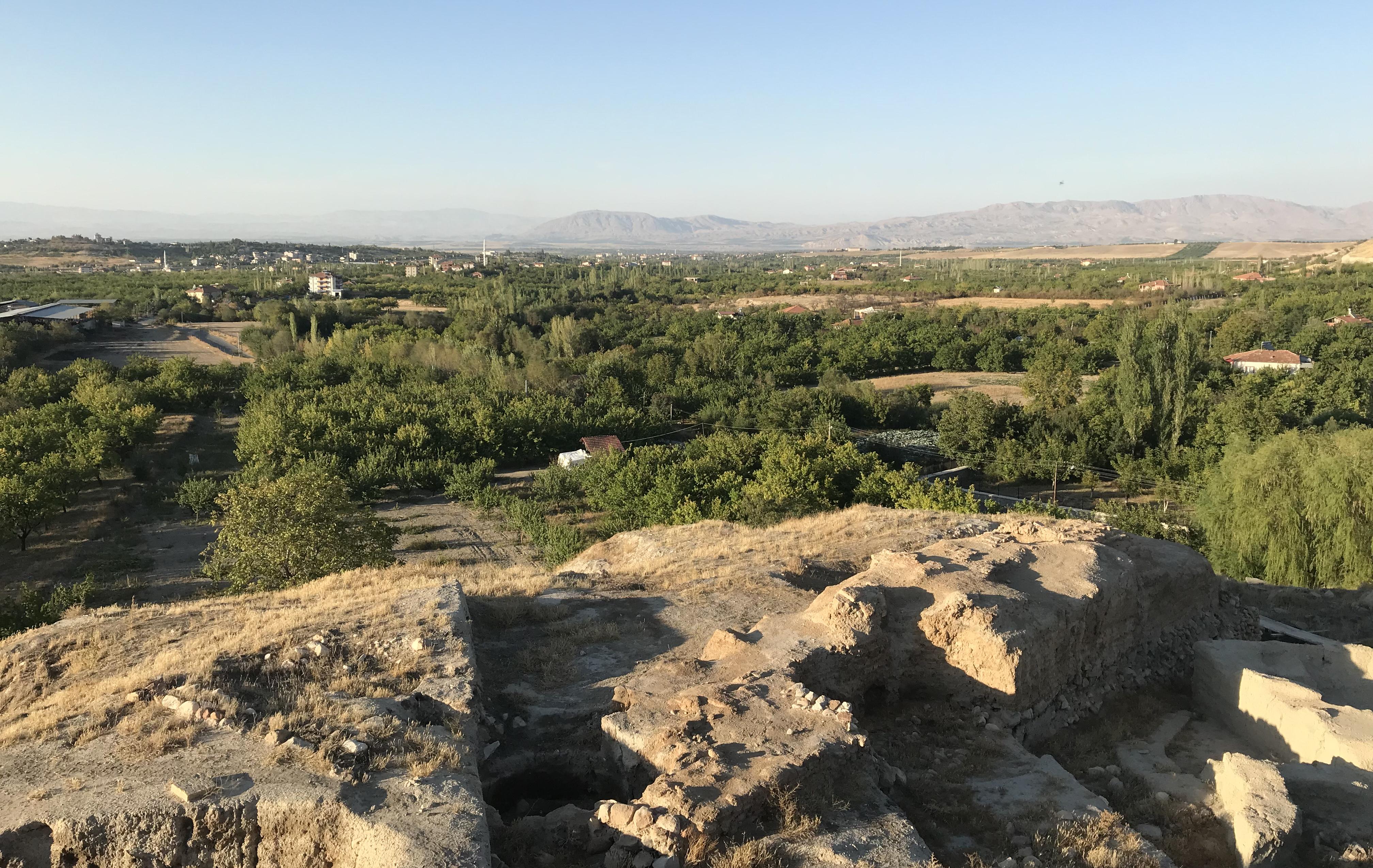
Located near modern-day Malatya, Turkey, Arslantepe dates back to the 6th millennium BCE and is one of the earliest known examples of state formation in the ancient Near East. The site includes an imposing mudbrick palace with frescoed walls and a temple complex that hints at early centralized authority. Archaeological discoveries suggest Arslantepe played a key role in the development of social hierarchy and bureaucracy. It also yielded the oldest known swords, pointing to the emergence of organized warfare. Often overlooked compared to Mesopotamian or Egyptian sites, Arslantepe’s importance lies in its transitional position between tribal societies and formalized states.
14. Mehrgarh: South Asia’s Neolithic Spark

Dating as far back as 7000 BCE, Mehrgarh in modern-day Pakistan predates both Mohenjo-Daro and Harappa, offering an incredible glimpse into early agricultural and craft traditions in South Asia. The site showcases evidence of planned farming, pottery production, and even dentistry—some of the earliest drilled human teeth were found here. Though it eventually declined before the peak of the Indus Valley Civilization, Mehrgarh provides a critical link between nomadic foragers and settled urban life, revealing how advanced technology and social organization emerged much earlier than previously believed.
15. Aknashen: Armenia’s Hidden Prehistoric Village
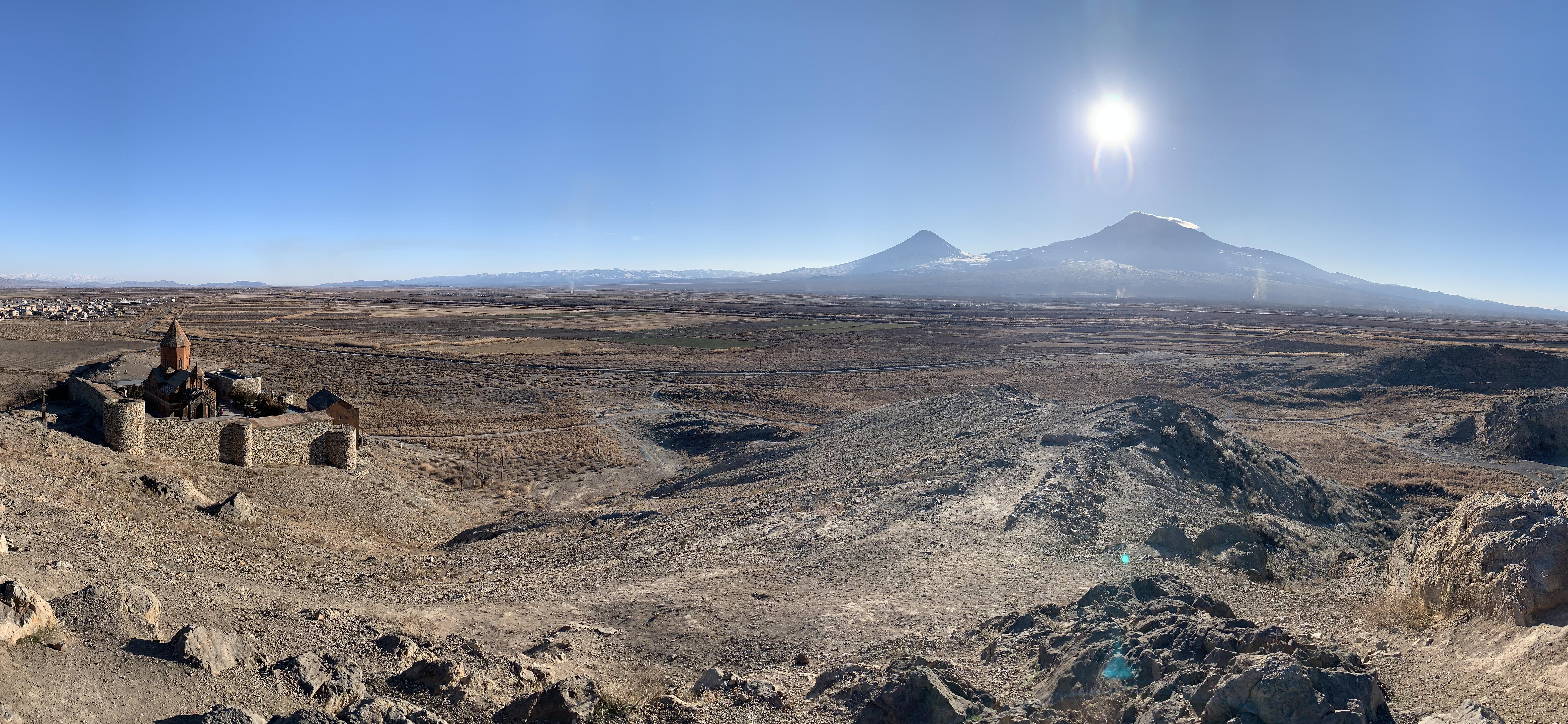
Located in the Ararat Plain of Armenia, Aknashen is a Neolithic settlement dating back to around 6000 BCE. While still relatively unknown to the wider public, excavations have uncovered multi-room dwellings, storage pits, ovens, and the remains of sacrificial animals—suggesting complex ritual and domestic life. Aknashen offers rare insight into early agricultural societies of the South Caucasus and their contributions to the broader Neolithic revolution. Its proximity to Mount Ararat also weaves it into regional folklore and biblical traditions, adding another layer of mystique.
16. Vinča: Europe’s Prehistoric Powerhouse
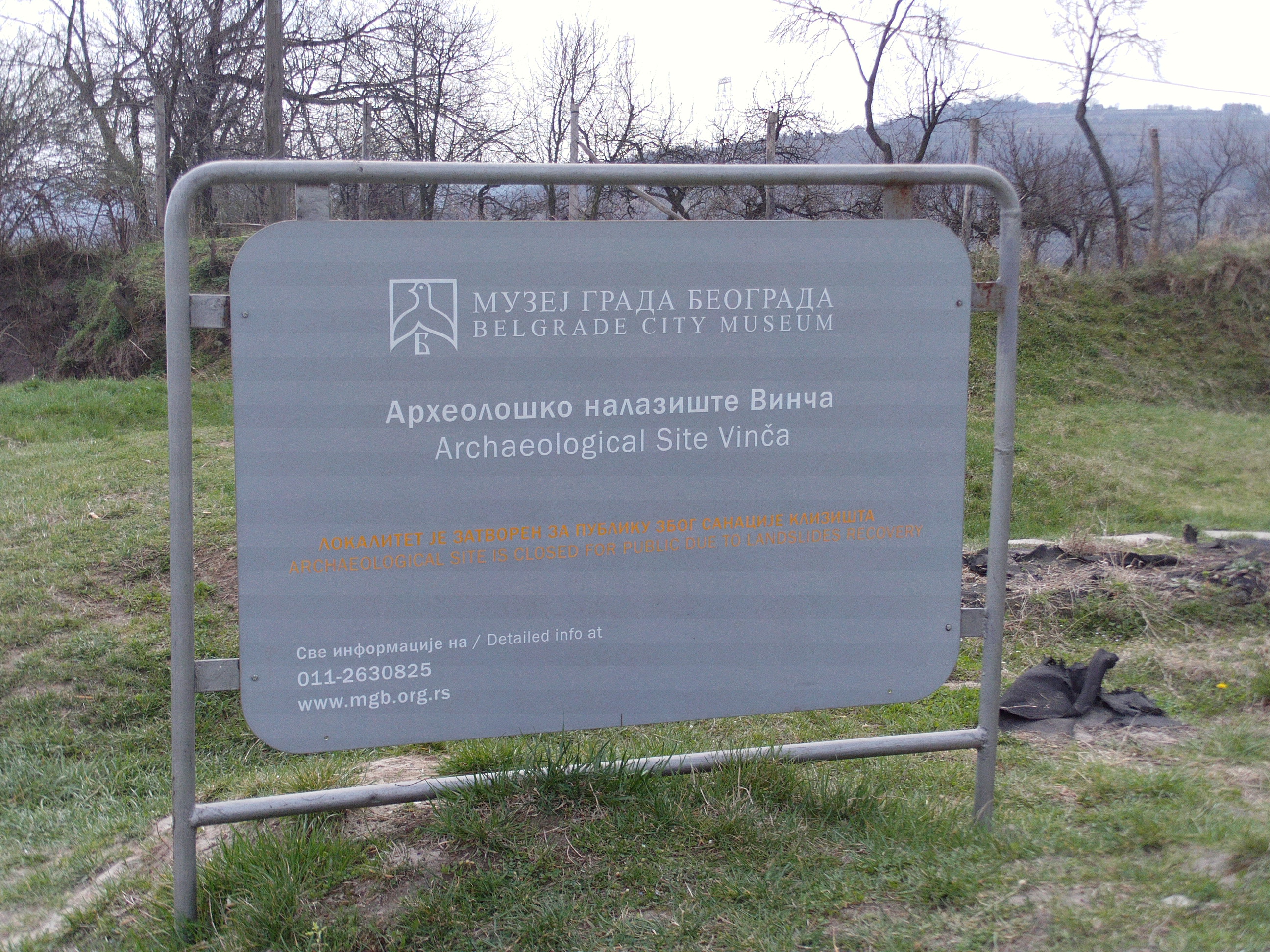
Situated along the Danube in present-day Serbia, Vinča flourished around 5700–4500 BCE and is one of the earliest known urban settlements in Europe. The Vinča culture is especially famous for its undeciphered script—possibly one of the oldest symbolic writing systems—and for its sophisticated metallurgy and pottery. The settlement’s size, density, and evidence of trade hint at a proto-city that challenges the narrative of Europe as a latecomer to civilization. The mysteries of Vinča, from its symbols to its apparent egalitarian structure, continue to intrigue archaeologists and historians alike.
17. Tell Brak: Mesopotamia’s Urban Giant
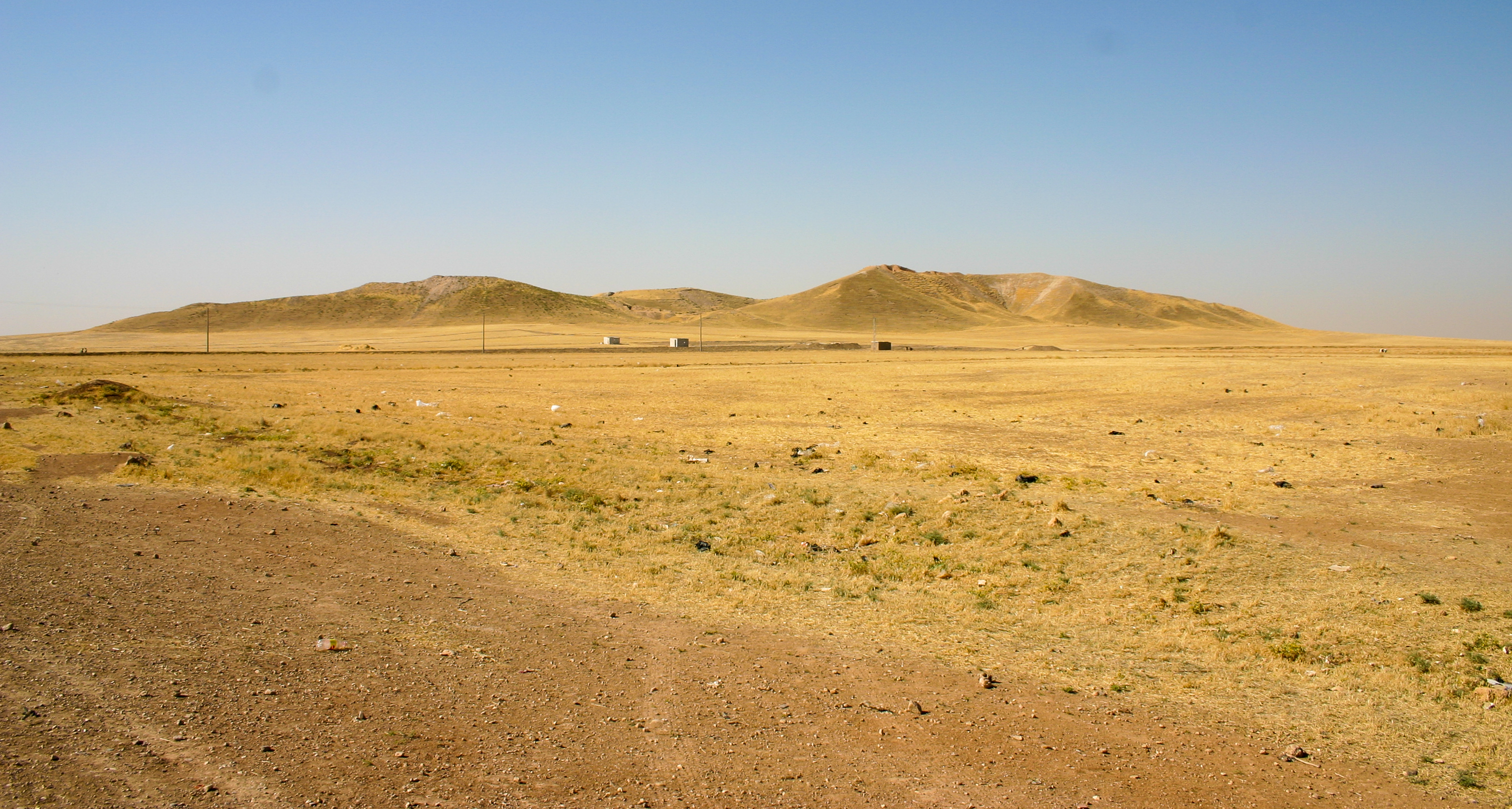
Tell Brak in northeastern Syria was one of the largest early urban centers of Mesopotamia, with occupation layers dating back to 6000 BCE. It rivals Uruk in both age and complexity and may have developed urban characteristics independently. The site includes an enigmatic Eye Temple, named for hundreds of alabaster idols with staring eyes—perhaps representing deities or ancestors. With extensive evidence of urban planning, trade, and monumental architecture, Tell Brak reshapes our understanding of how cities emerged and the role of ritual in early state societies.
18. Lothal: The Port City of the Indus Valley
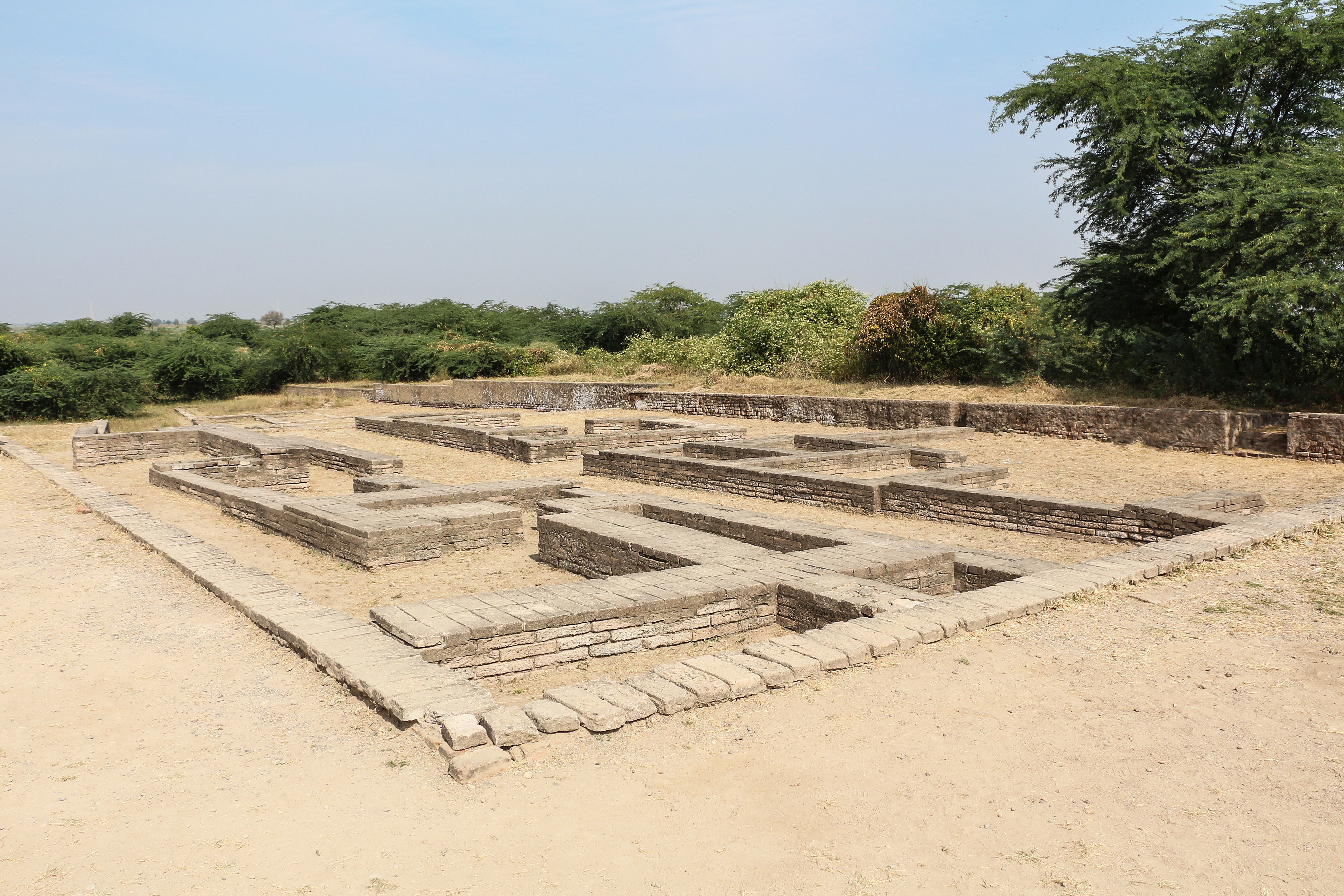
Though slightly younger than Mohenjo-Daro, Lothal—flourishing around 2400 BCE—adds a maritime twist to the story of the Indus Valley Civilization. Located in present-day Gujarat, India, Lothal was a vital trade hub with a sophisticated dockyard, well-planned streets, and bead-making workshops. It is one of the earliest known examples of a port city, showing how sea trade and engineering shaped urban development. Lothal’s drainage systems, granaries, and standardized weights reveal the impressive coordination that defined this civilization, suggesting connections as far-flung as Mesopotamia and the Persian Gulf.
19. Nippur: The Spiritual Heart of Sumer
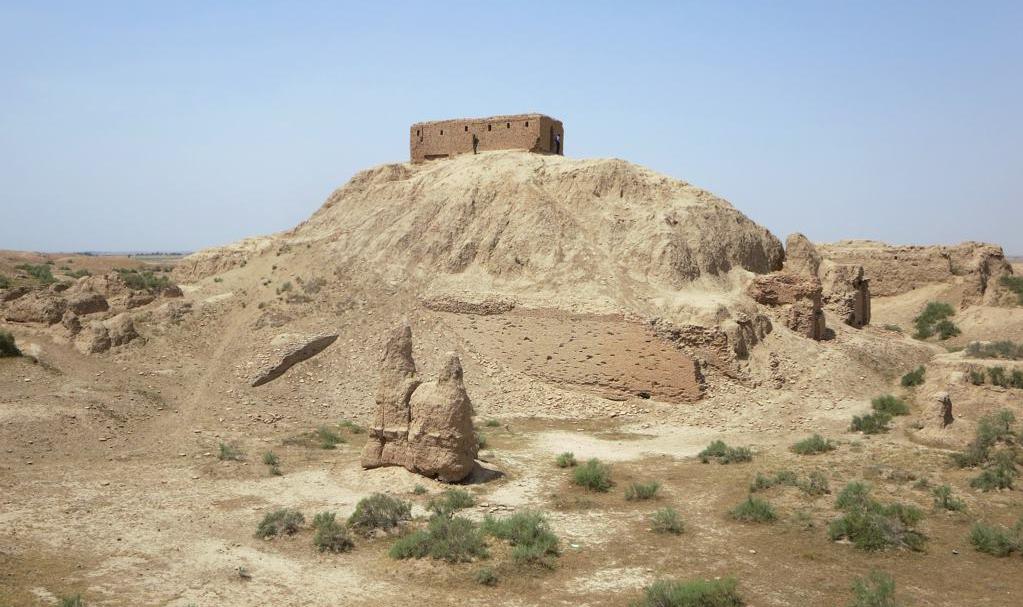
Dating back to at least 5000 BCE, Nippur was not the largest Sumerian city, but it held immense spiritual significance. It was believed to be the home of Enlil, chief of the Sumerian pantheon, and housed the great Ekur temple complex. Nippur served as a religious capital, visited by kings who sought divine legitimacy for their rule. The site offers insights into the spiritual life of early Mesopotamians, and its rich library of cuneiform tablets has illuminated everything from theology and politics to daily life.
20. Tepe Sialk: Iran’s Forgotten Urban Legacy
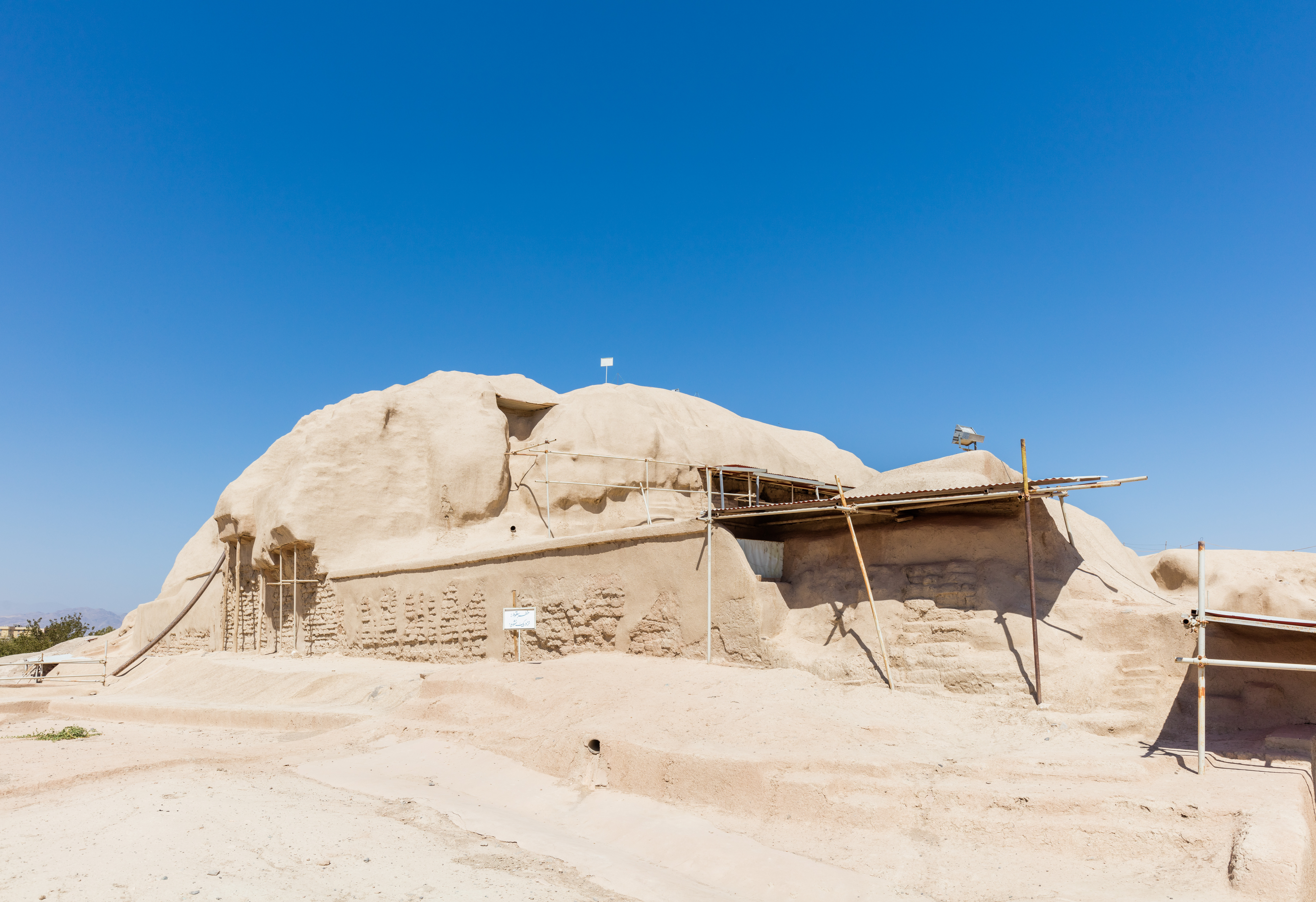
Tepe Sialk, near modern-day Kashan in Iran, dates back to the 6th millennium BCE and provides one of the most complete records of prehistoric life in the Iranian plateau. This site includes early examples of ziggurat-style architecture and shows a progression from simple village to complex urban center. Sialk was a hub of ceramic innovation, metallurgy, and trade. Its extensive burial grounds reveal class distinctions and evolving spiritual practices. Despite its obscurity outside academic circles, Tepe Sialk plays a vital role in understanding the dawn of civilization in Central Asia.
21. Eridu: Where Civilization May Have Begun
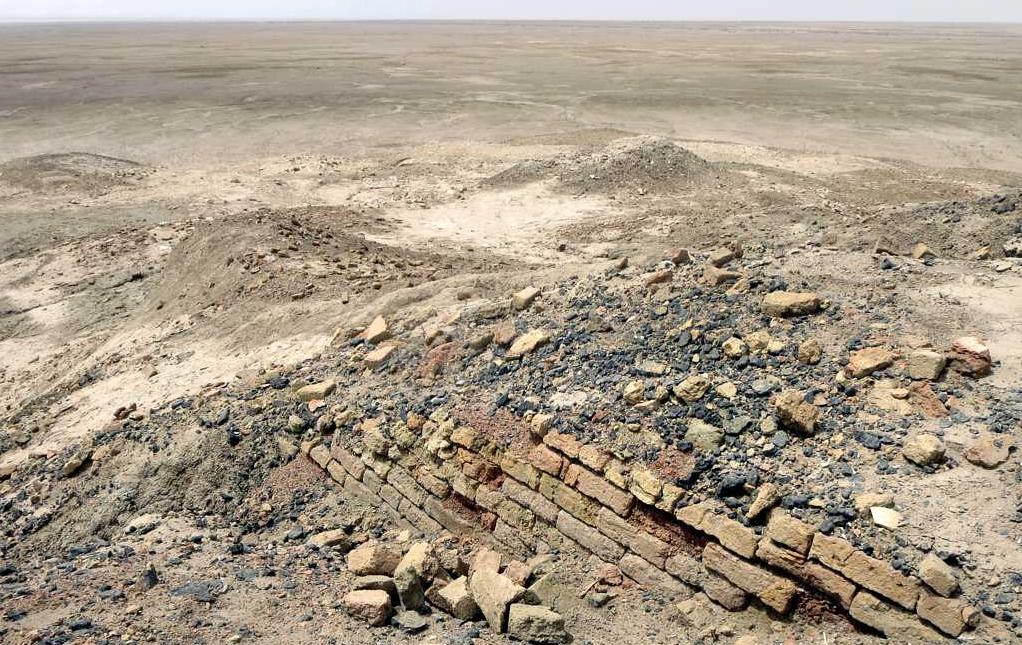
Often referred to in Sumerian texts as the “first city,” Eridu was founded around 5400 BCE and holds immense cultural weight in Mesopotamian mythology. Located in southern Iraq, it was home to the god Enki and featured a grand temple complex that evolved over centuries. Archaeological evidence shows a continuous building of temples on top of each other—layer upon layer—representing both architectural development and religious continuity. Eridu’s mythic and historical significance gives it a special place in the narrative of human civilization.
22. Taosi: China’s Ancient Astronomical City

Predating the Shang dynasty, Taosi (circa 2300–1900 BCE) in Shanxi province reveals early Chinese urban sophistication. Its vast walled enclosures, elite tombs, and possible observatory suggest a society with advanced knowledge of astronomy, politics, and ceremonial rites. Taosi is often linked with the semi-legendary Emperor Yao, adding a mythological dimension to its ruins. Recent excavations of what may be one of the world’s earliest astronomical observatories—a circular platform aligned with the solstice—highlight the city's scientific and spiritual depth. It challenges assumptions that complex civilization in China began only with later dynasties.
23. Göbekli Tepe, Turkey: The World's First Temple?

Mind-bendingly ancient, Göbekli Tepe (c. 9600-8200 BCE) features massive, intricately carved stone pillars erected by hunter-gatherers, millennia before pottery, farming, or the pyramids. This wasn't a city but likely a vast ritual complex, suggesting organized religion and complex social structures emerged far earlier than previously imagined. Its monumental T-shaped megaliths, adorned with animal reliefs, represent a revolutionary leap in human construction and symbolic thought, fundamentally reshaping our understanding of the Neolithic world and the very origins of communal building projects that would eventually lead to cities.
24. Çayönü Tepesi, Turkey: Dawn of Metallurgy
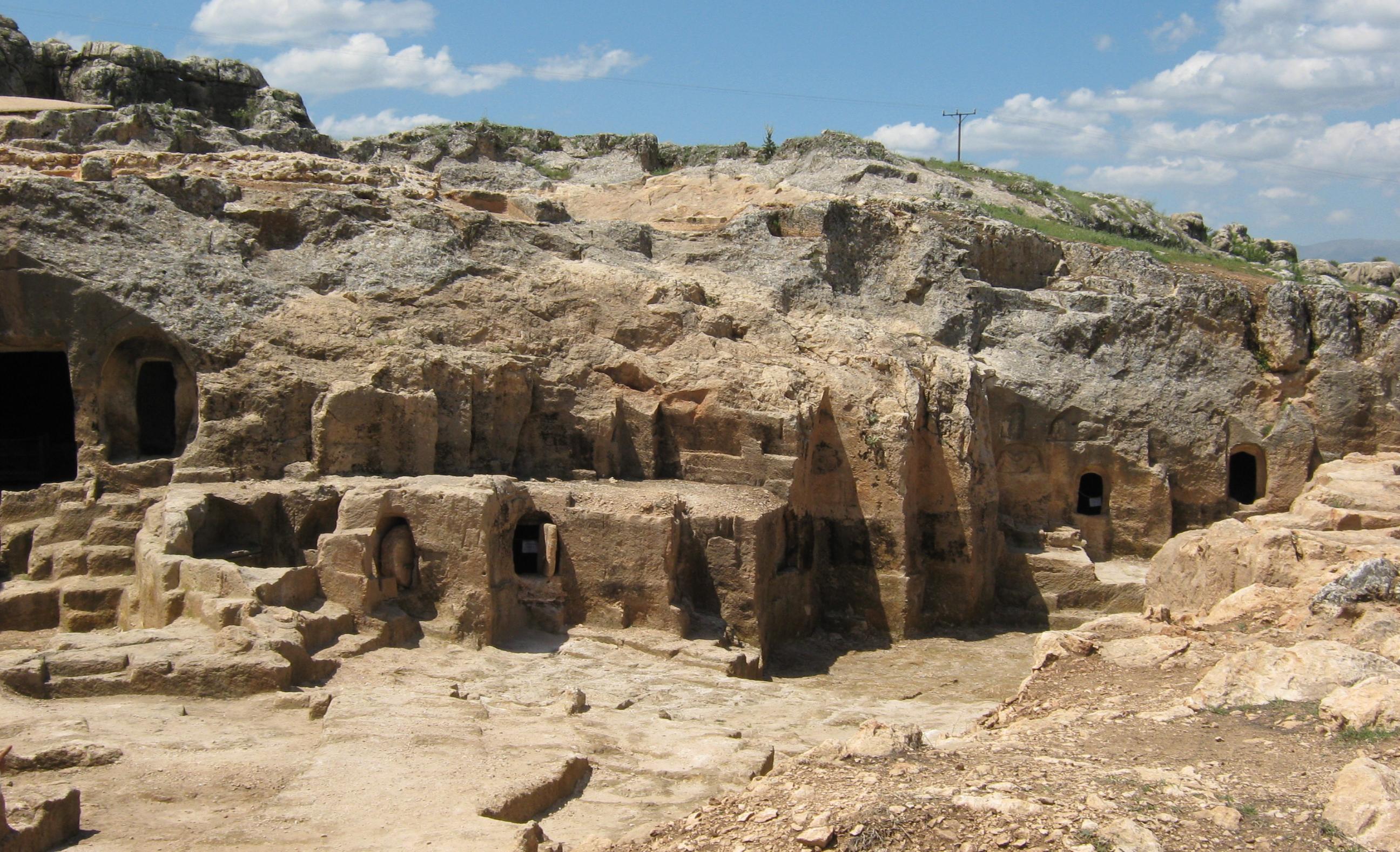
Flourishing between roughly 7200 and 6600 BCE, Çayönü in southeastern Anatolia is a key Neolithic site showcasing crucial steps towards complex society. Long before Egypt's dynasties, inhabitants here practiced early agriculture, lived in planned settlements with distinct building phases, and crucially, experimented with native copper – hammering and heating it in some of the earliest examples of metallurgy. Çayönü offers a vital glimpse into the slow burn of innovation, revealing how foundational technologies and settled life developed millennia before the grand monuments of later civilizations arose.
25. Shahr-e Sukhteh, Iran: The Burnt City
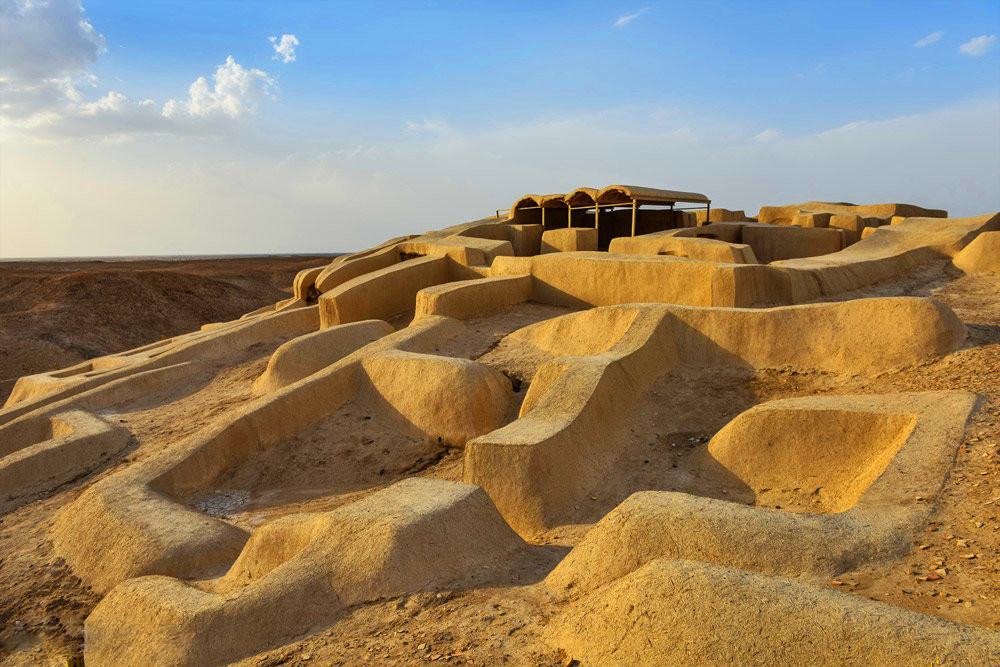
A contemporary of early Sumer and predating the Giza pyramids, Shahr-e Sukhteh ("Burnt City") thrived between 3200 and 2350 BCE. This Bronze Age metropolis on the Iranian plateau reveals astonishing preservation due to the arid climate, yielding artifacts like the earliest known artificial eye and evidence of complex crafts. Its planned layout, distinct specialized zones, and wide trade connections indicate a sophisticated, independent urban civilization outside the traditional Mesopotamian narrative. Its sudden abandonment adds to the mystery of this significant, yet often overlooked, ancient city.
26. Nekhen (Hierakonpolis), Egypt: City of the Falcon God

Before the pyramids symbolized pharaonic power, Nekhen (Hierakonpolis) was a major political and religious center in Predynastic Upper Egypt (c. 3800-3100 BCE). This ancient city was crucial for the unification of Egypt, yielding artifacts like the Narmer Palette. Excavations have uncovered elite tombs, large breweries suggesting organized labor, and Africa's oldest known painted tomb. Nekhen offers invaluable insight into the complex society, rituals, and emerging kingship that formed the bedrock upon which the later pyramid-building dynasties were founded, making it essential to understanding Egypt's origins.
27. Skara Brae, Scotland: Neolithic Stone Village

Experience life in Stone Age Europe at Skara Brae, Orkney. Occupied from roughly 3180 to 2500 BCE, this settlement is remarkably preserved, having been buried by sand. Its stone houses stand with internal fittings like beds and dressers intact, connected by covered passages. Contemporary with the construction of the earliest pyramids, Skara Brae provides an unparalleled window into a sophisticated Neolithic community adapted to its coastal environment, complete with enigmatic carved stone balls. It offers a tangible connection to a world far removed from the monumental centers of the Near East.
28. Dimini & Sesklo, Greece: Europe's Early Farmers
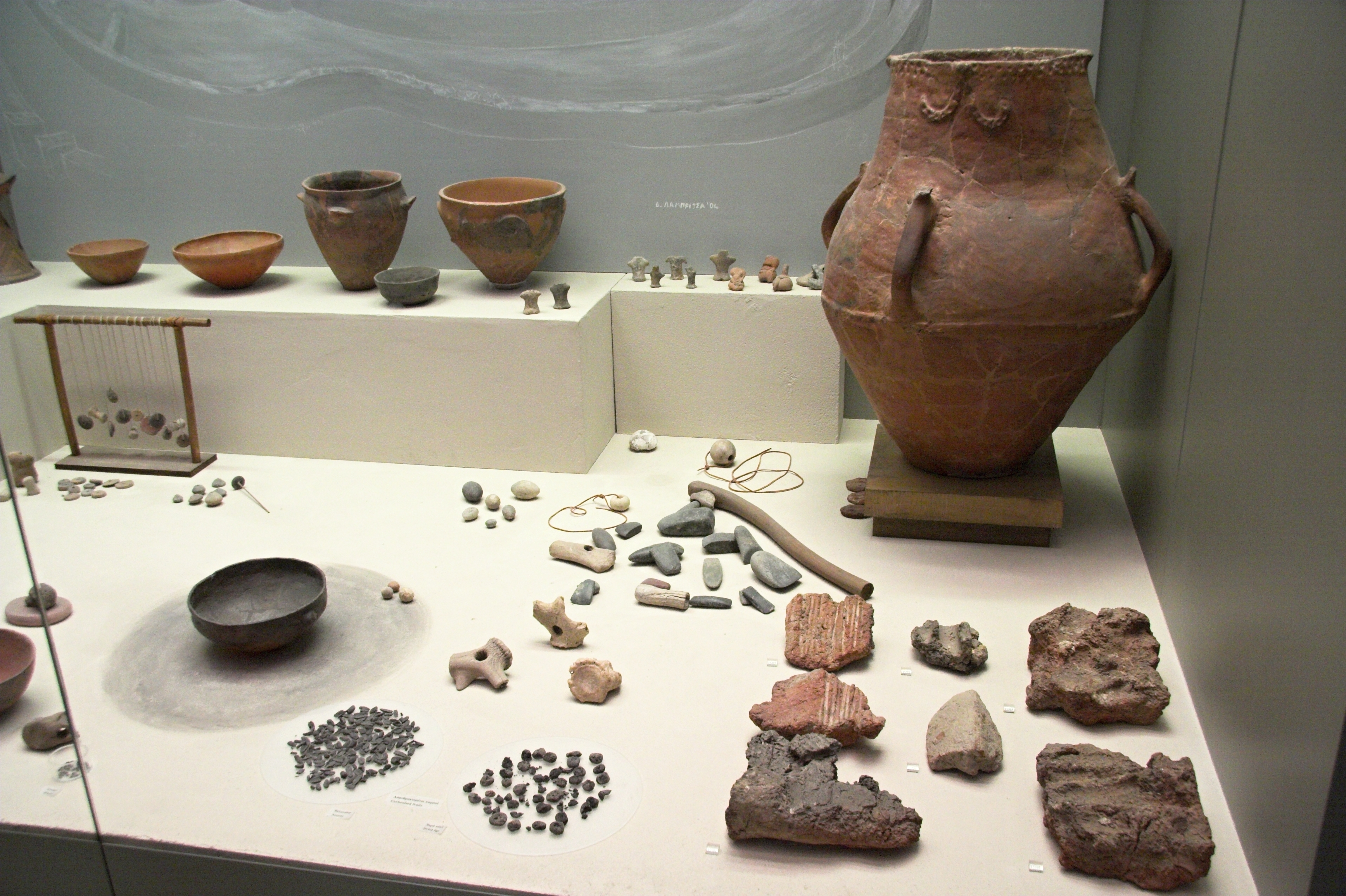
Predating Mycenaean citadels by millennia, Sesklo (c. 7500-6200 BCE) and nearby Dimini (c. 5000-4400 BCE) in Thessaly, Greece, represent major European Neolithic hubs. Sesklo is among Europe's earliest farming villages, while Dimini boasts impressive stone walls and a large central building, suggesting social organization and defense. These sites showcase advanced pottery, established agriculture, and dense community living, demonstrating the independent rise of complex societies in prehistoric Europe, long before the pyramids were built and Classical Greece emerged.
29. Banpo, China: Yangshao Culture Hub

Located near modern Xi'an, Banpo (occupied c. 4500-3750 BCE) offers a classic glimpse into China's Neolithic Yangshao culture. This well-organized village featured residential areas, pottery kilns, and a surrounding defensive ditch. Famous for its distinctive red pottery adorned with geometric patterns and fish motifs, Banpo reveals early millet farming, communal living structures, and sophisticated craft specialization. It stands as compelling evidence of complex, settled life flourishing in East Asia thousands of years before the pyramids and the later Chinese dynasties known from written history.
30. Rakhigarhi, India: Indus Valley Metropolis
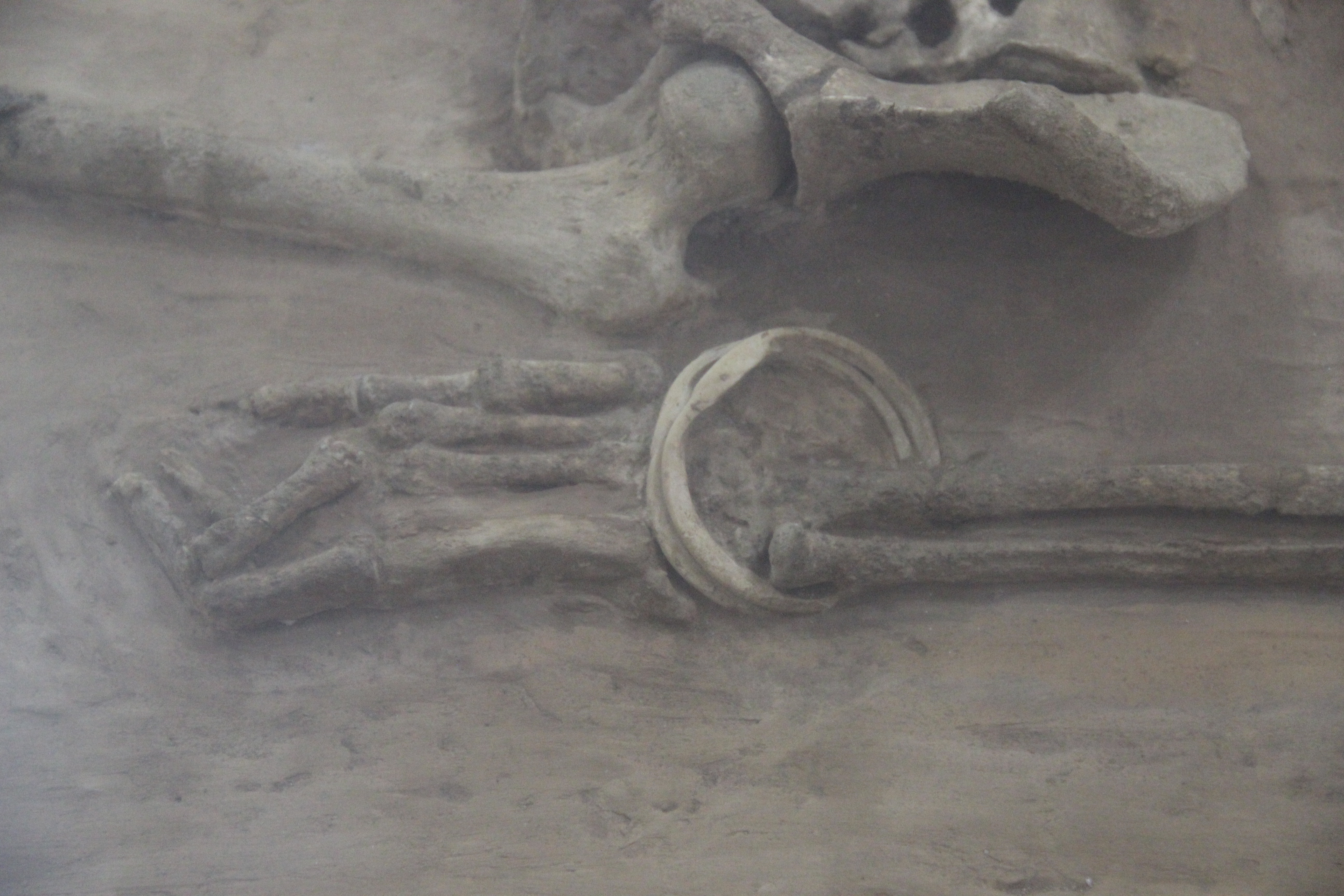
While Mohenjo-Daro is renowned, Rakhigarhi in India may have been the largest urban center of the vast Indus Valley Civilization (flourishing c. 2600-1900 BCE), contemporary with early Giza. Ongoing excavations reveal a massive, meticulously planned city with wide streets, advanced sanitation, fire altars, distinct craft areas (like bead-making), and extensive cemeteries. Its scale underscores the incredible reach and organizational capacity of this civilization across ancient South Asia, rivaling Egypt and Mesopotamia during the period when the first great pyramids were being constructed.
31. Sechin Bajo, Peru: Americas' Oldest Monumental Site?
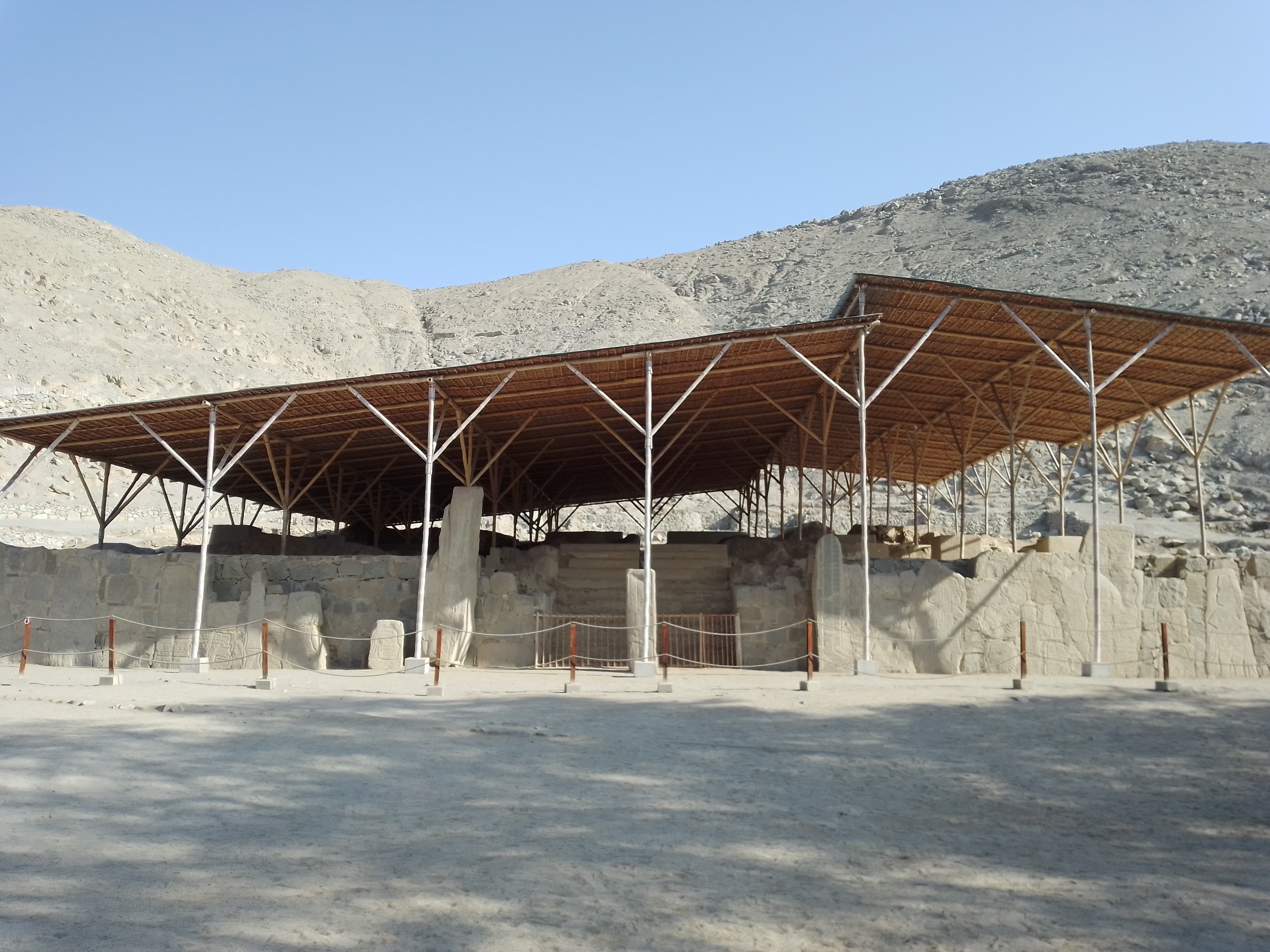
Challenging Caral as the oldest urban center in the Americas, Sechin Bajo in Peru's Casma Valley contains structures, including a sunken circular plaza, potentially dating back to an astonishing 3500 BCE. If confirmed, this radically pushes back the timeline for large-scale communal construction and complex social organization in the New World, predating even the earliest Egyptian pyramids by centuries. Sechin Bajo offers tantalizing clues about the very deep roots of Andean civilization and the independent emergence of monumental architecture outside the Old World narrative.
32. Lepenski Vir, Serbia: Mesolithic River Settlement
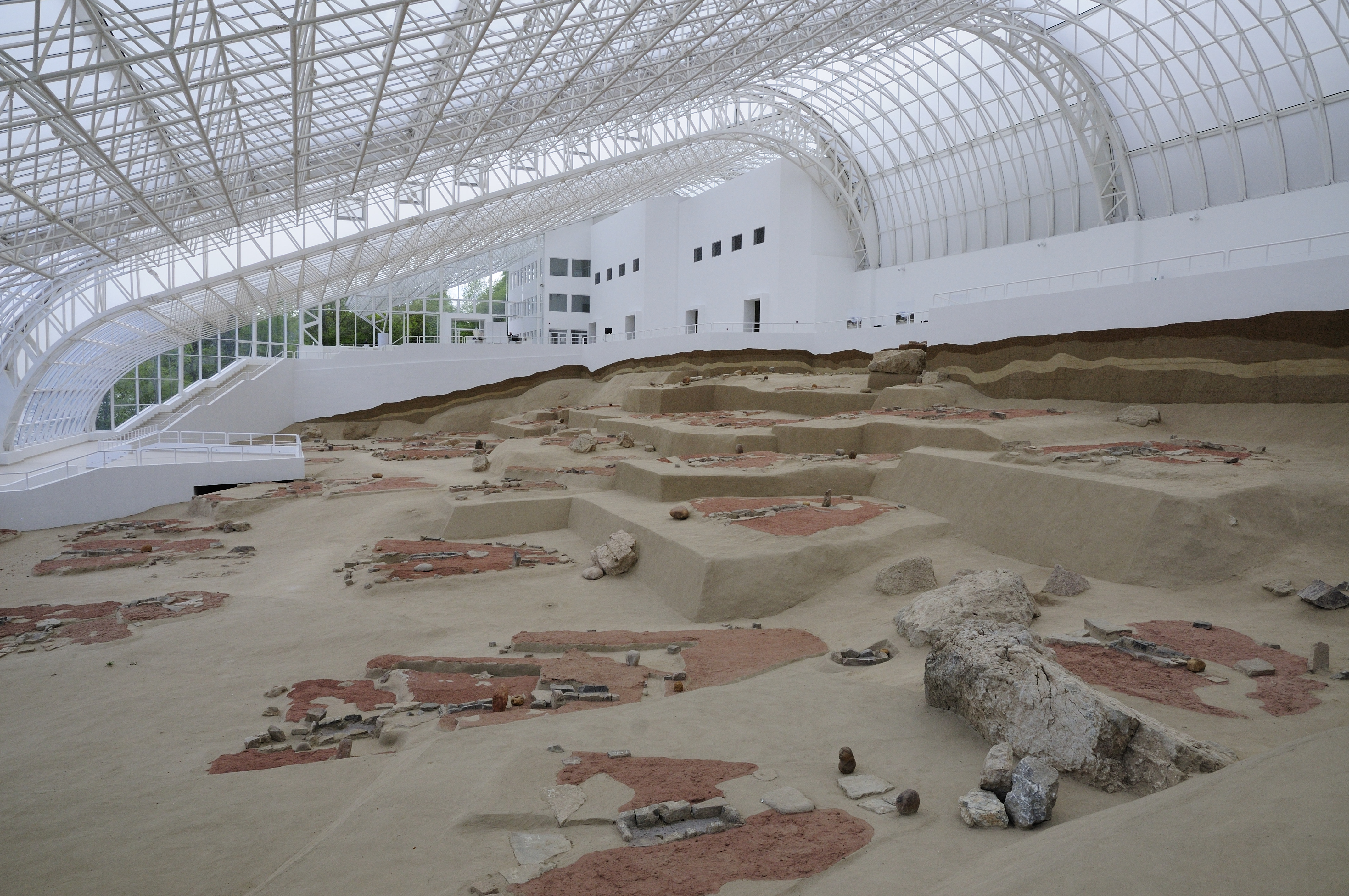
Located on the Danube River, Lepenski Vir (flourishing 9500-6000 BCE) provides a fascinating look at life before widespread farming. This Mesolithic settlement had unique trapezoidal houses arranged in a planned layout and yielded remarkable sandstone sculptures mixing human and fish features – Europe's earliest monumental art. It demonstrates that complex social structures, planned settlements, and sophisticated artistic/religious expression could arise among hunter-fisher-gatherer groups, long before the agricultural revolution fully took hold and millennia before Egypt's pyramids.
Reflections on Ancient Legacies
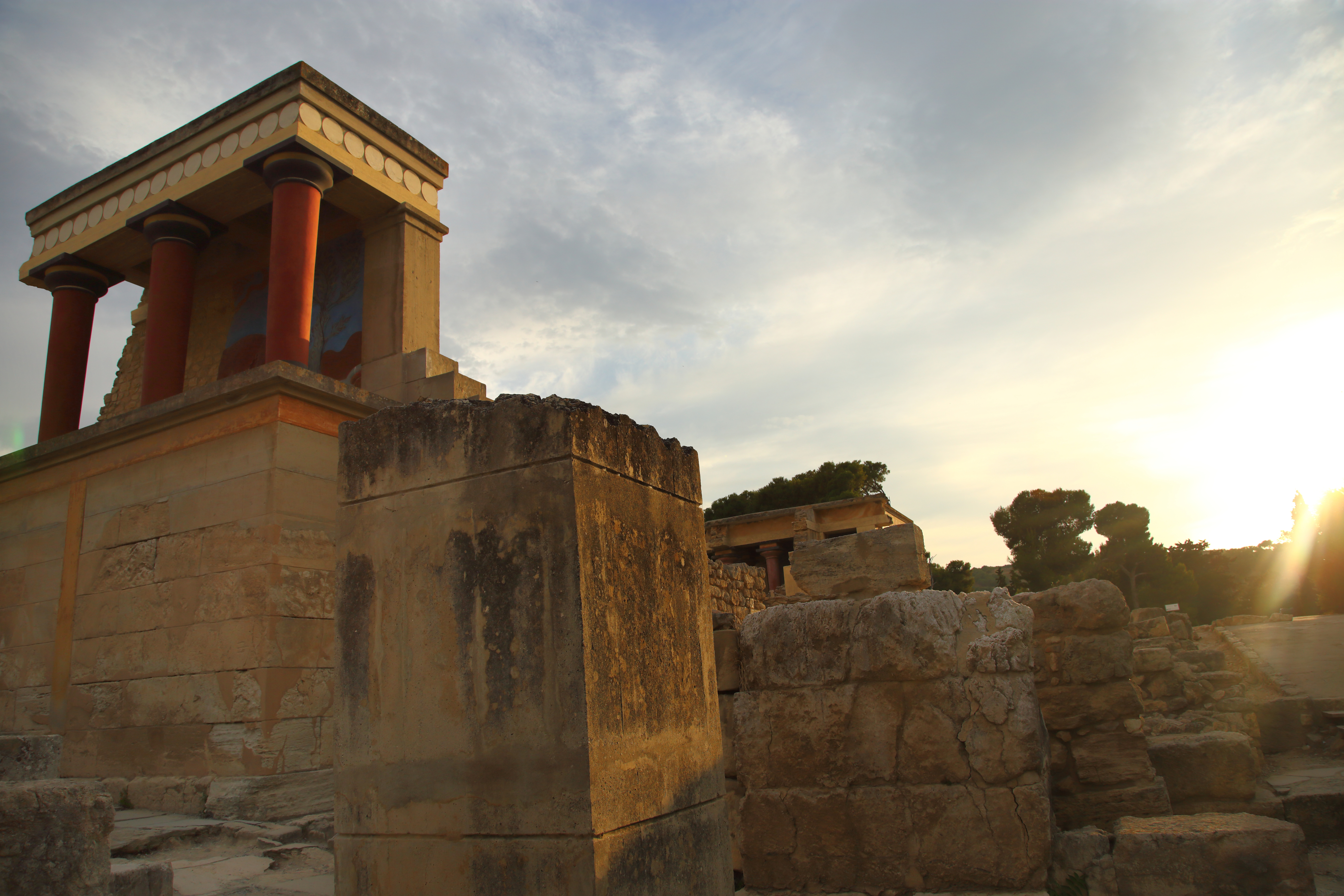
Our journey through time has taken us to some of the world's most ancient cities, each with its own unique story and contribution to human history. These 32 cities, older than the pyramids, offer a glimpse into the dawn of civilization and the enduring legacy of our ancestors. As we reflect on the mysteries and achievements of these ancient societies, we are reminded of the interconnectedness of human history and the shared heritage that binds us all. The exploration of these ancient cities challenges our understanding of the past and inspires us to continue seeking knowledge and wisdom from the lessons of history. As we look to the future, the legacy of these ancient cities serves as a reminder of the resilience, creativity, and ingenuity of the human spirit.


